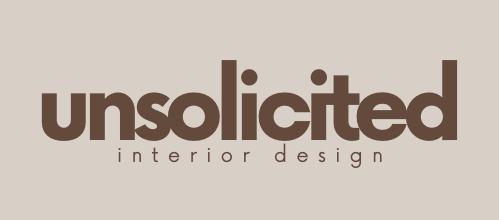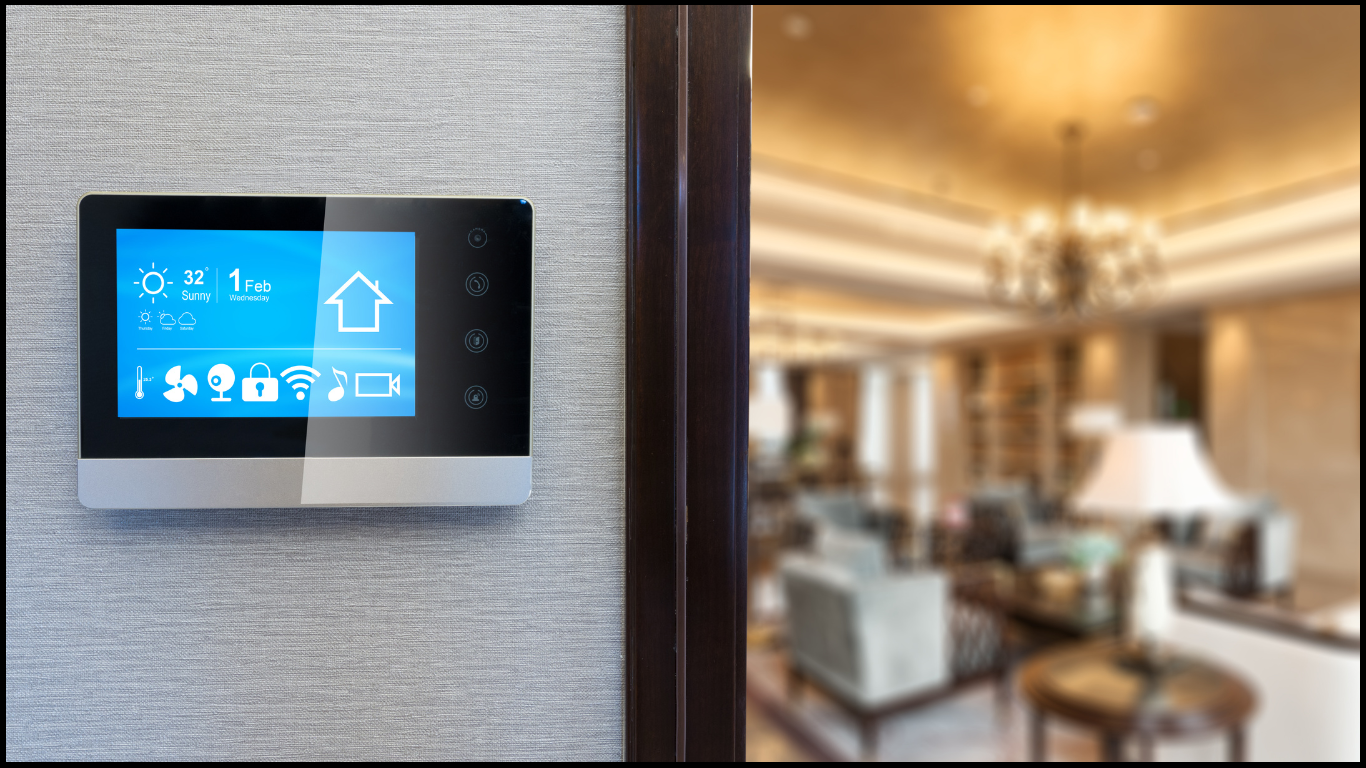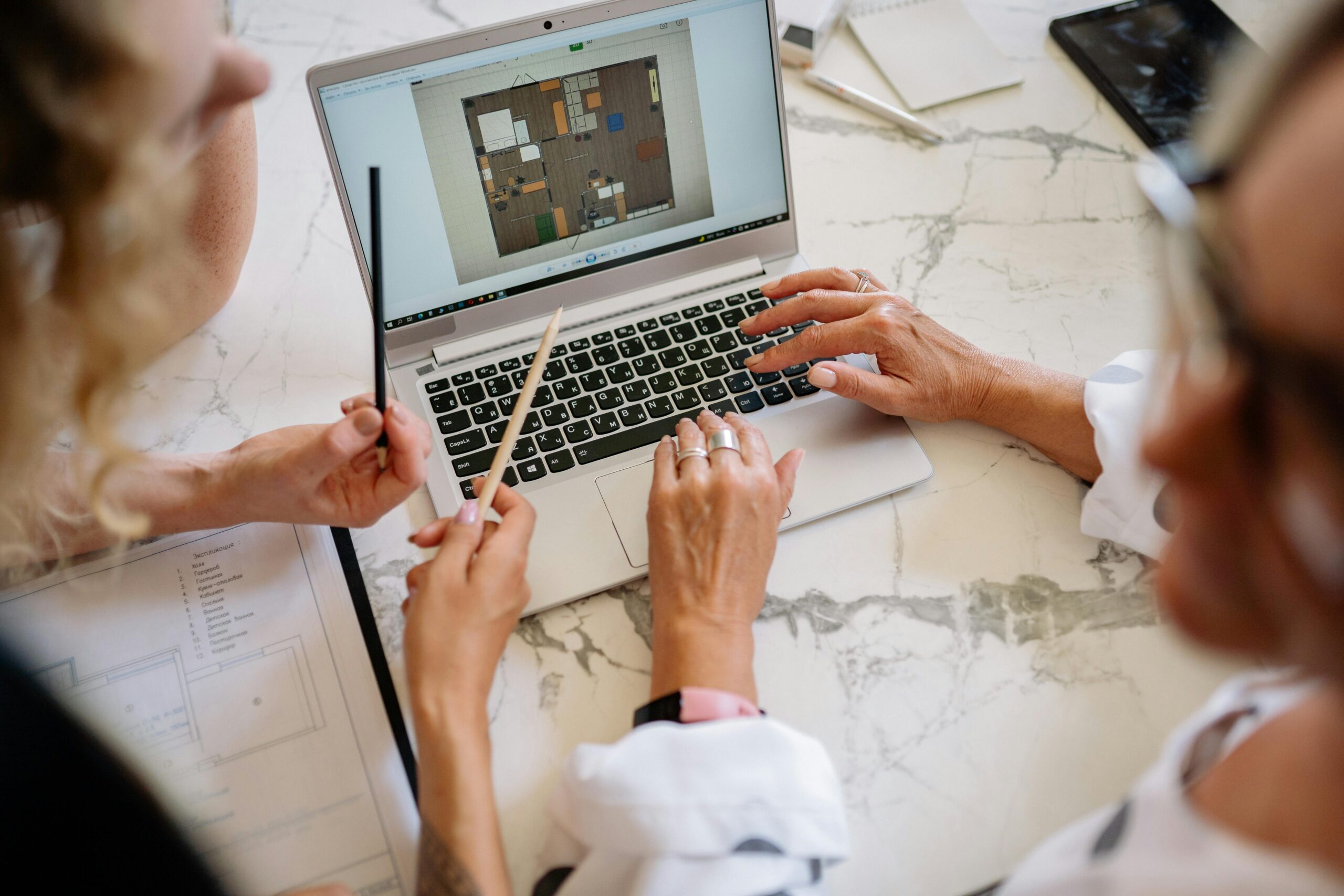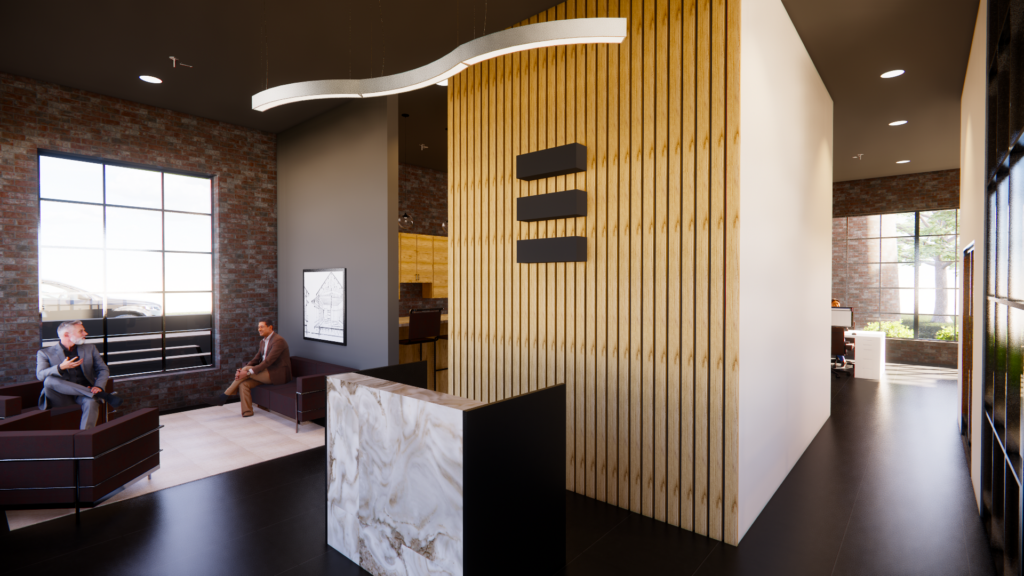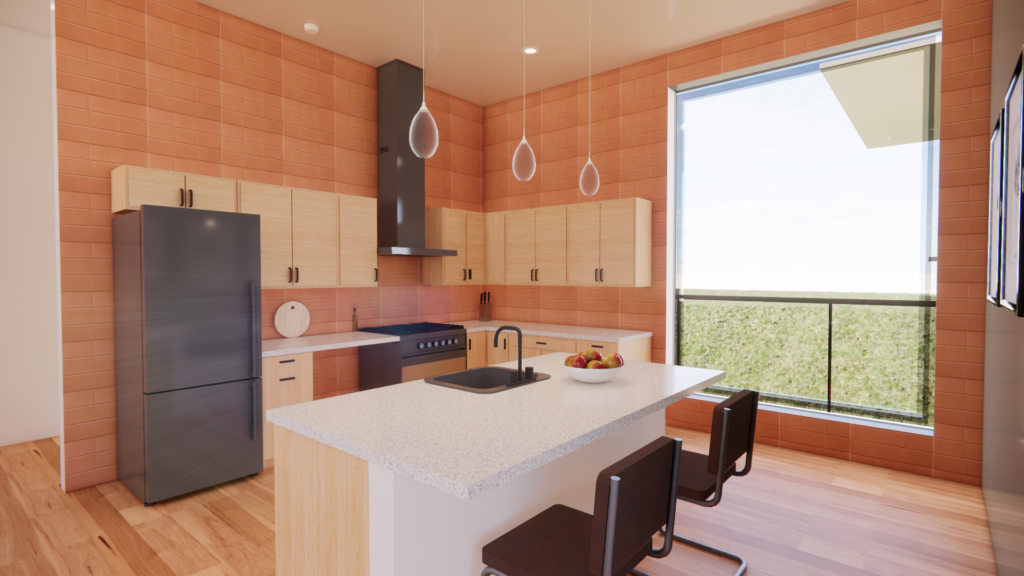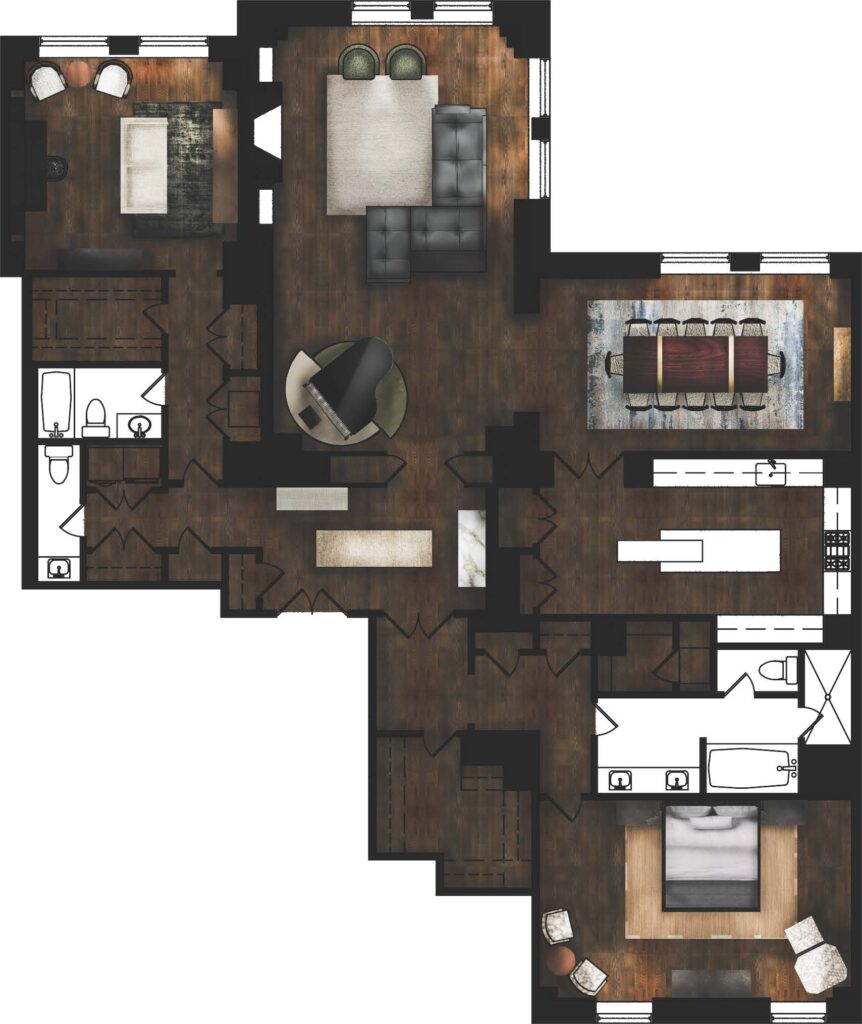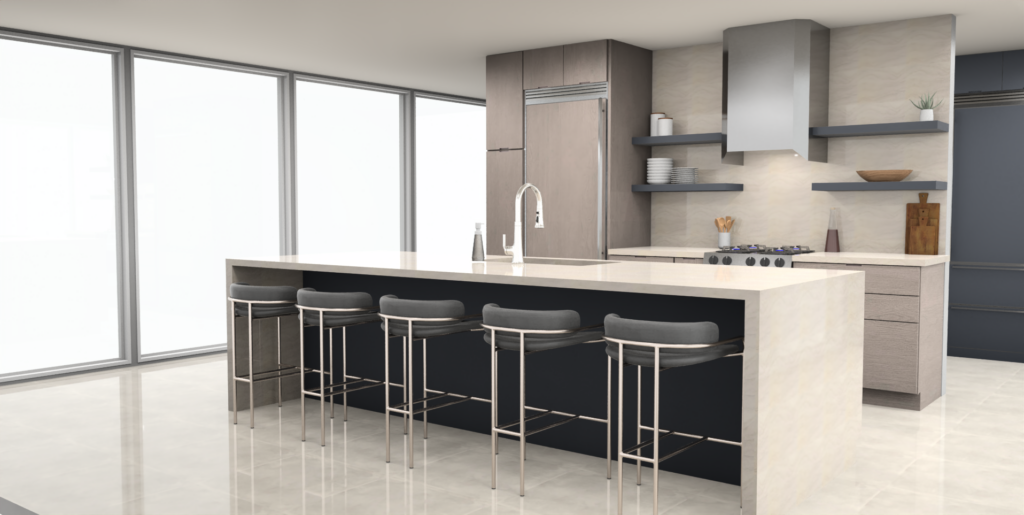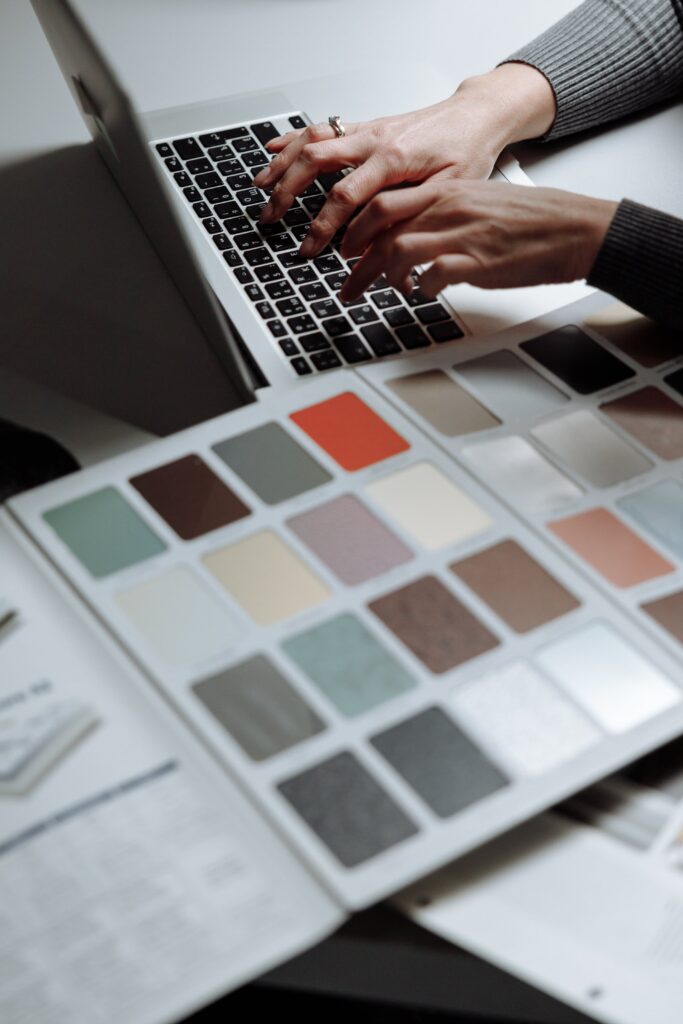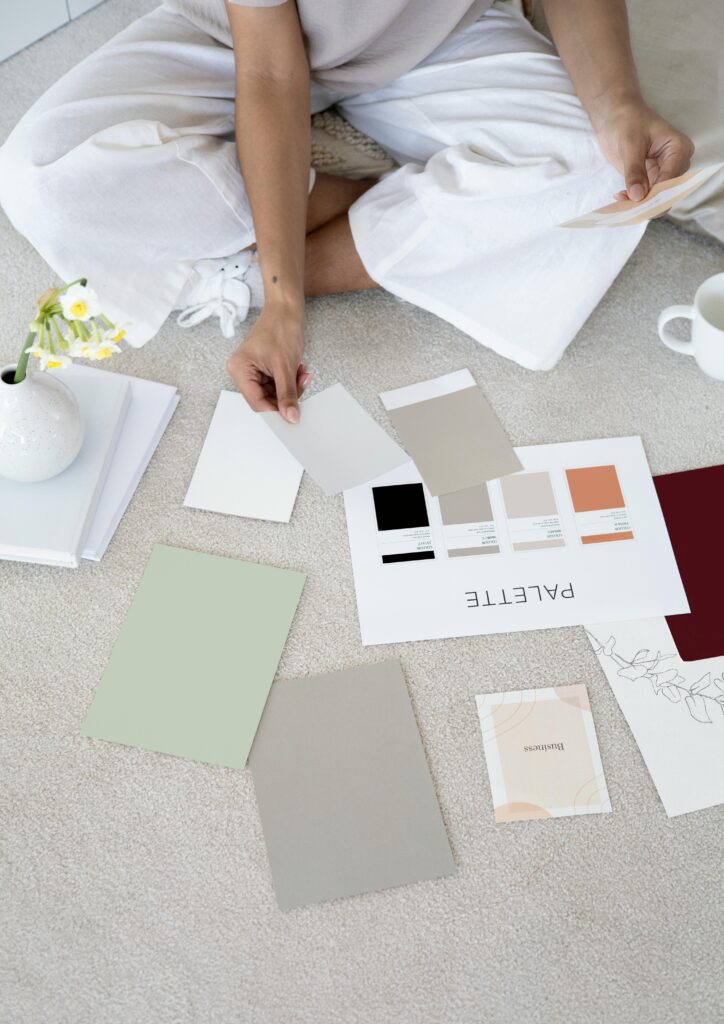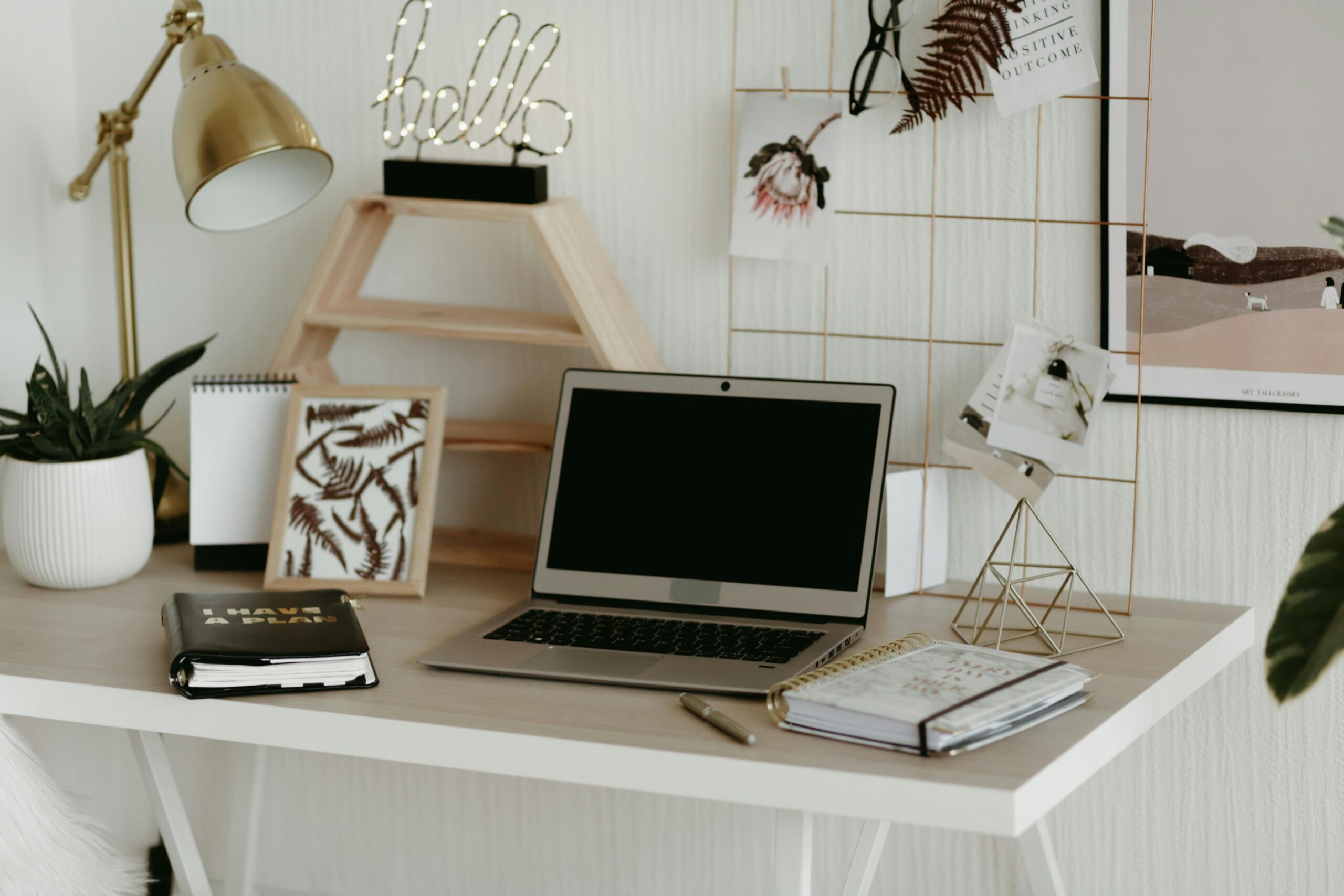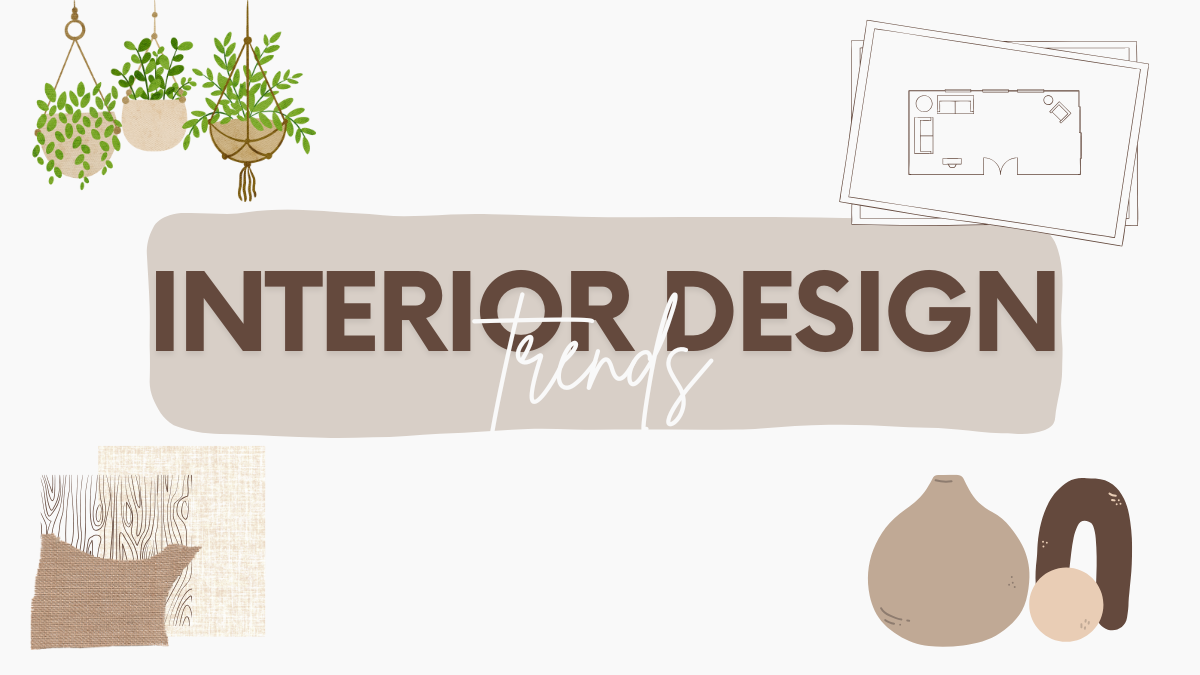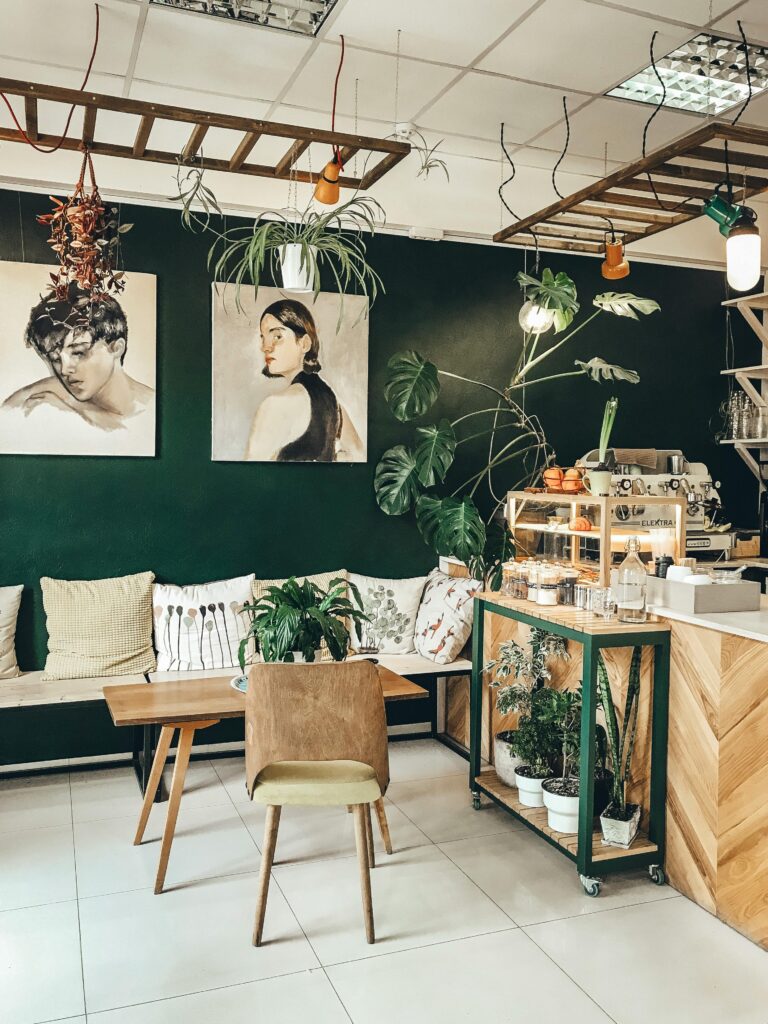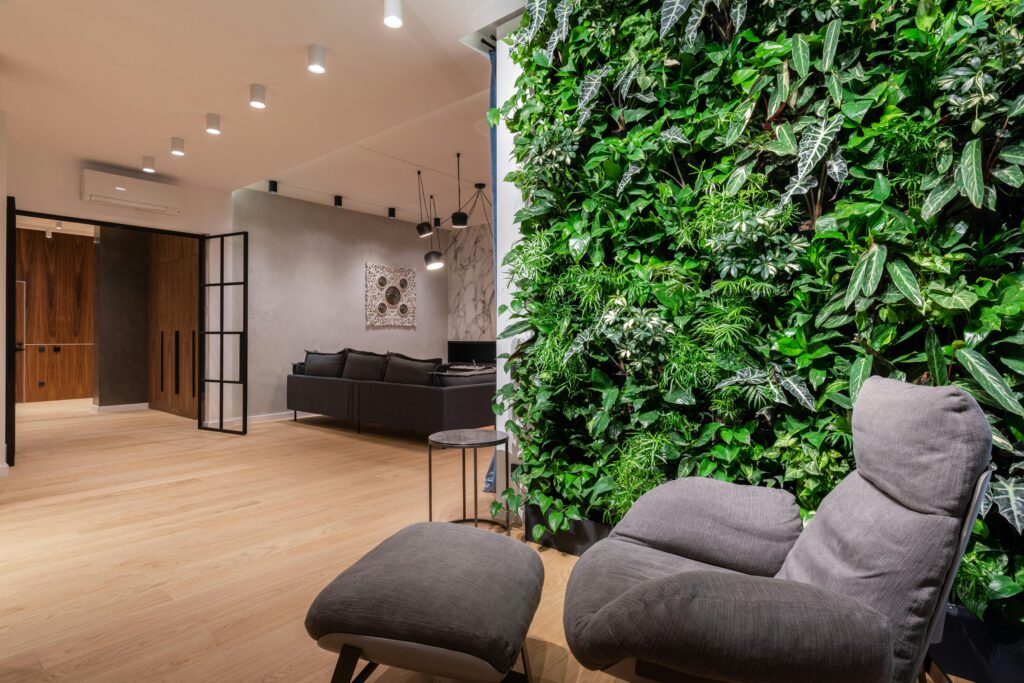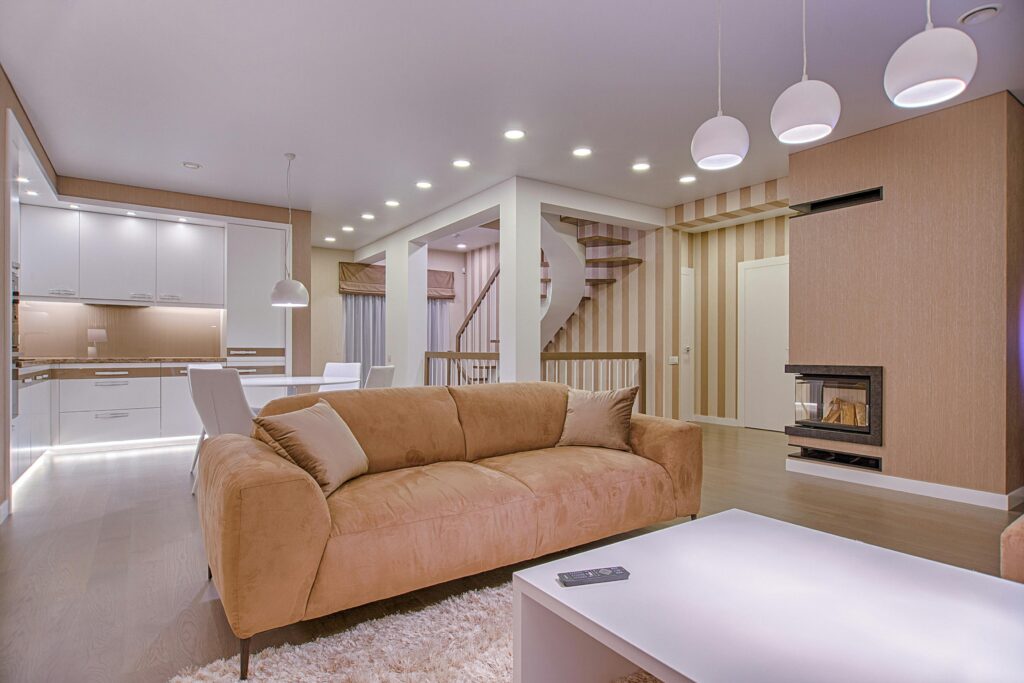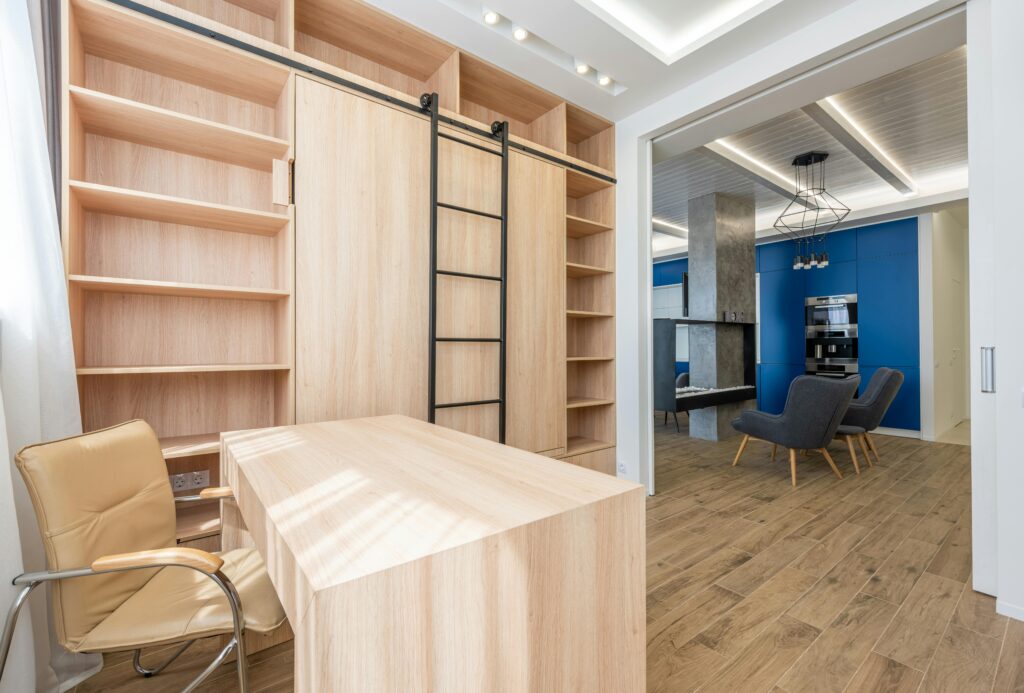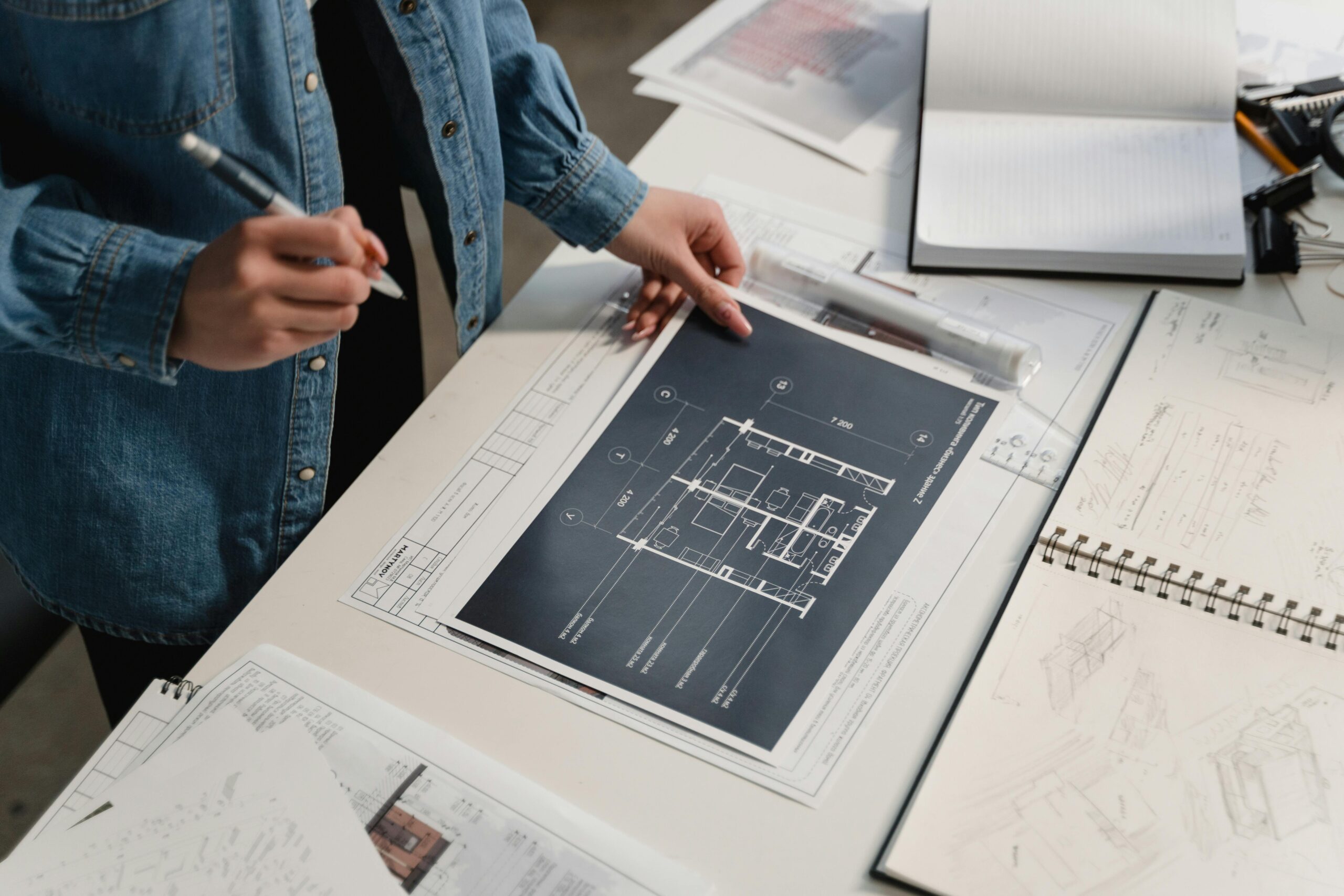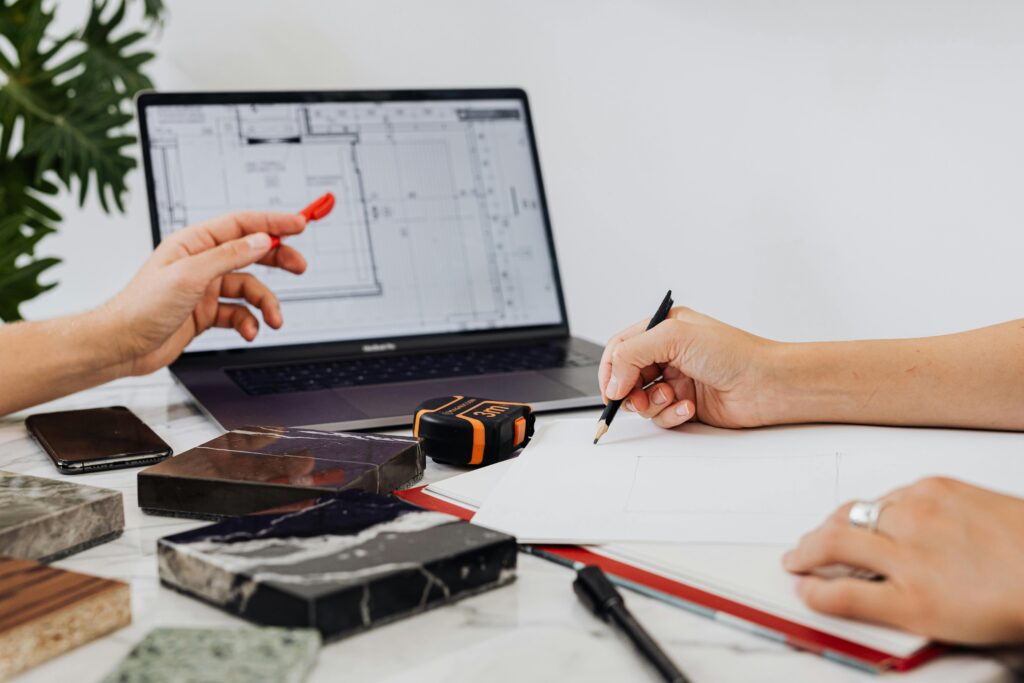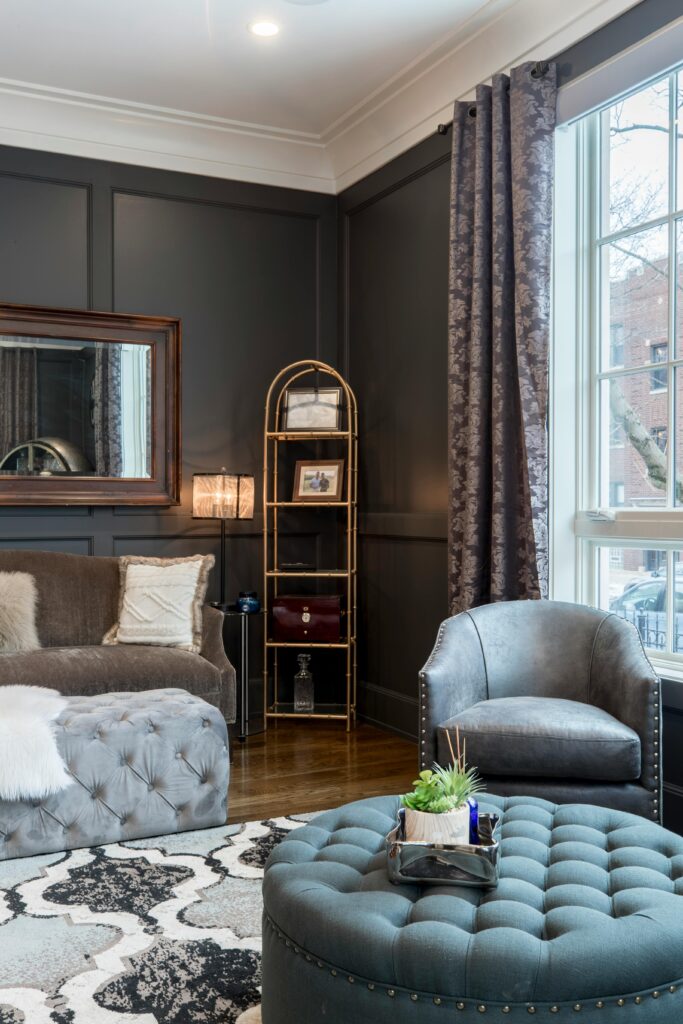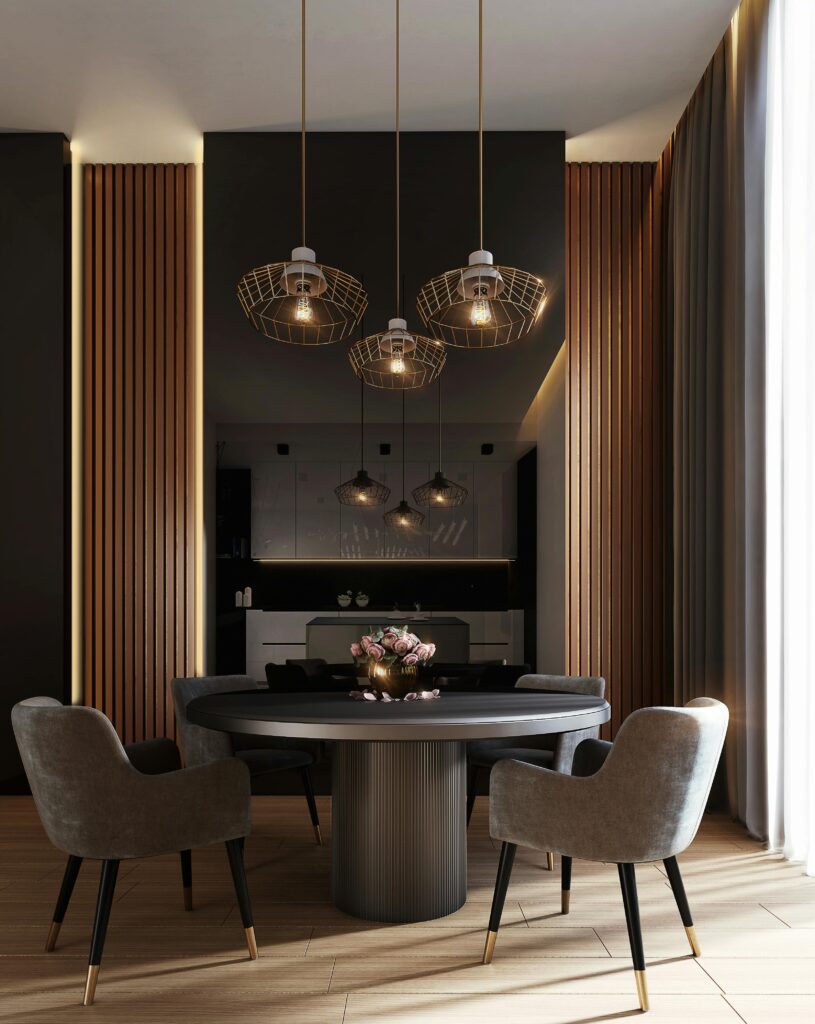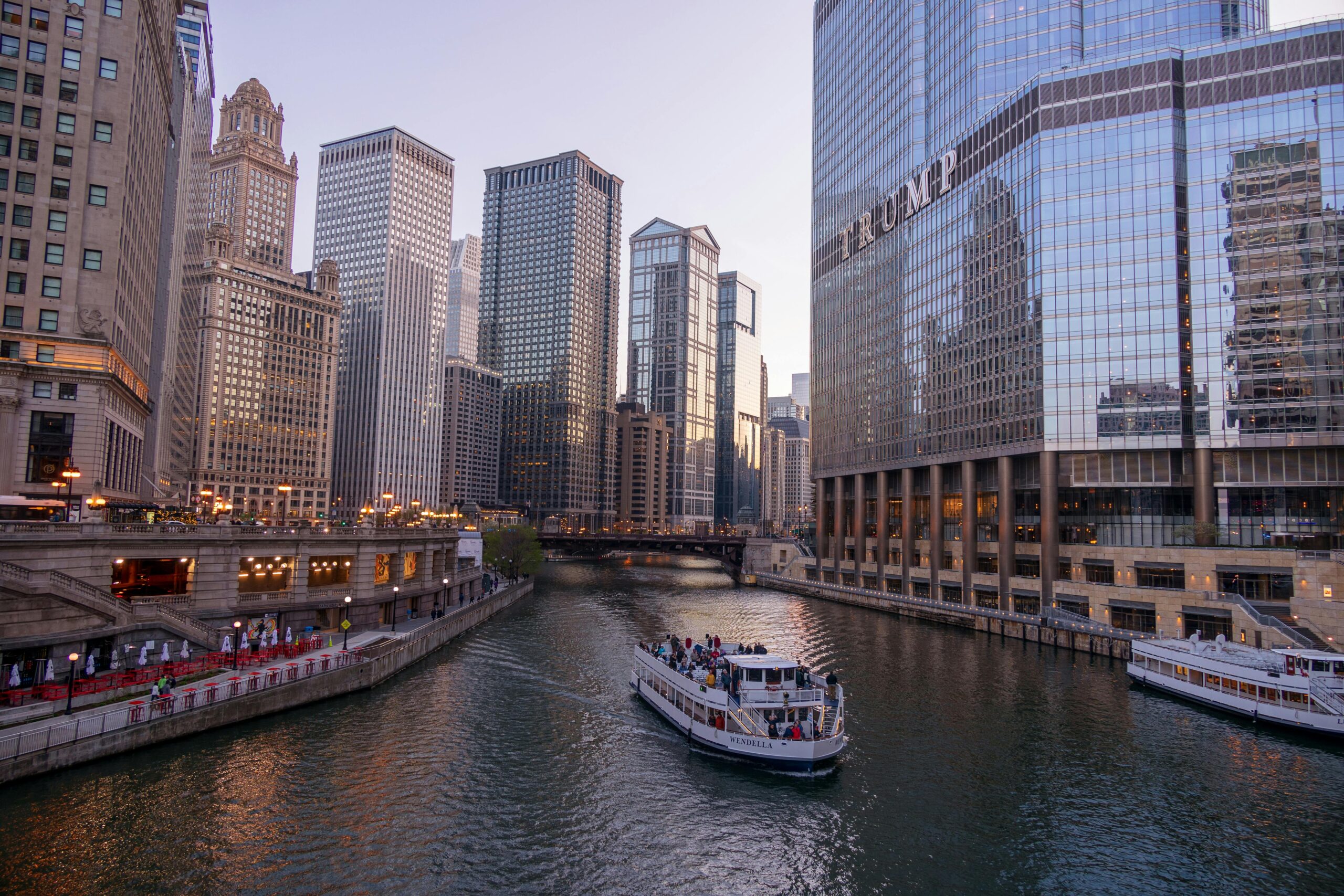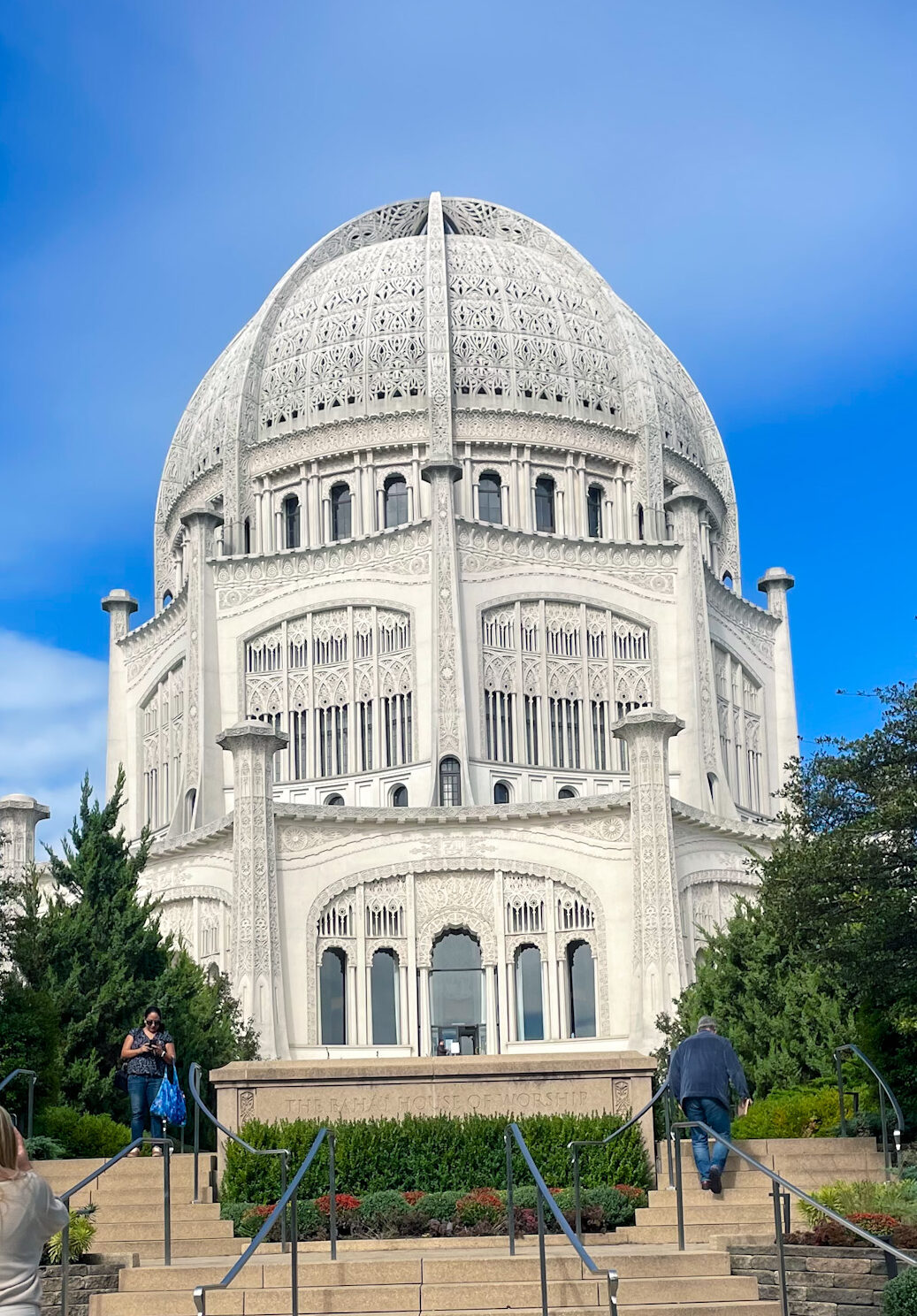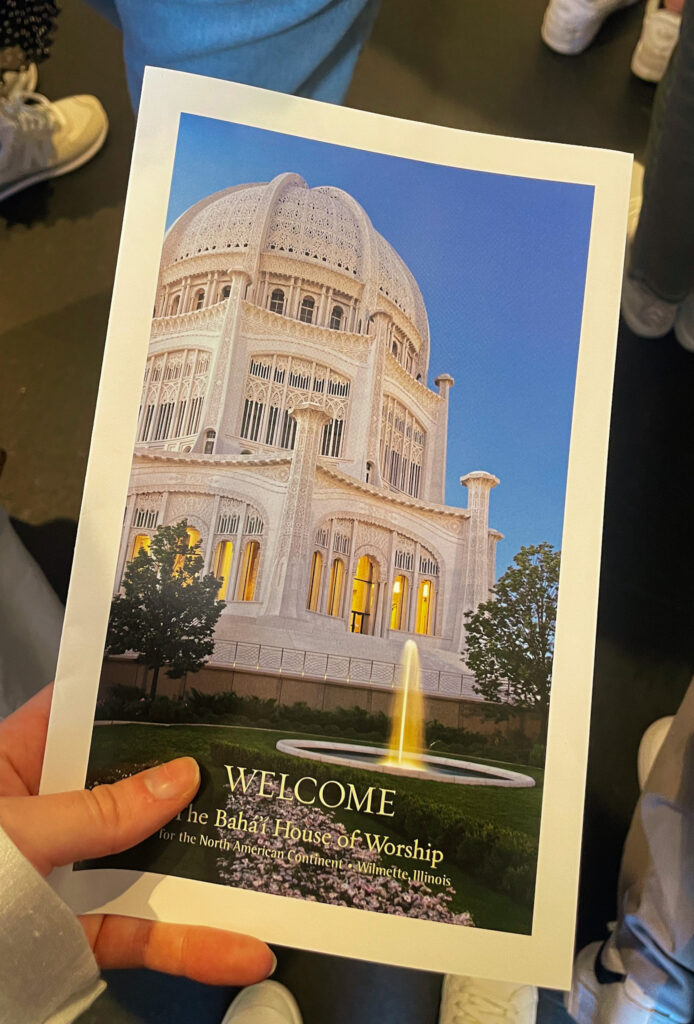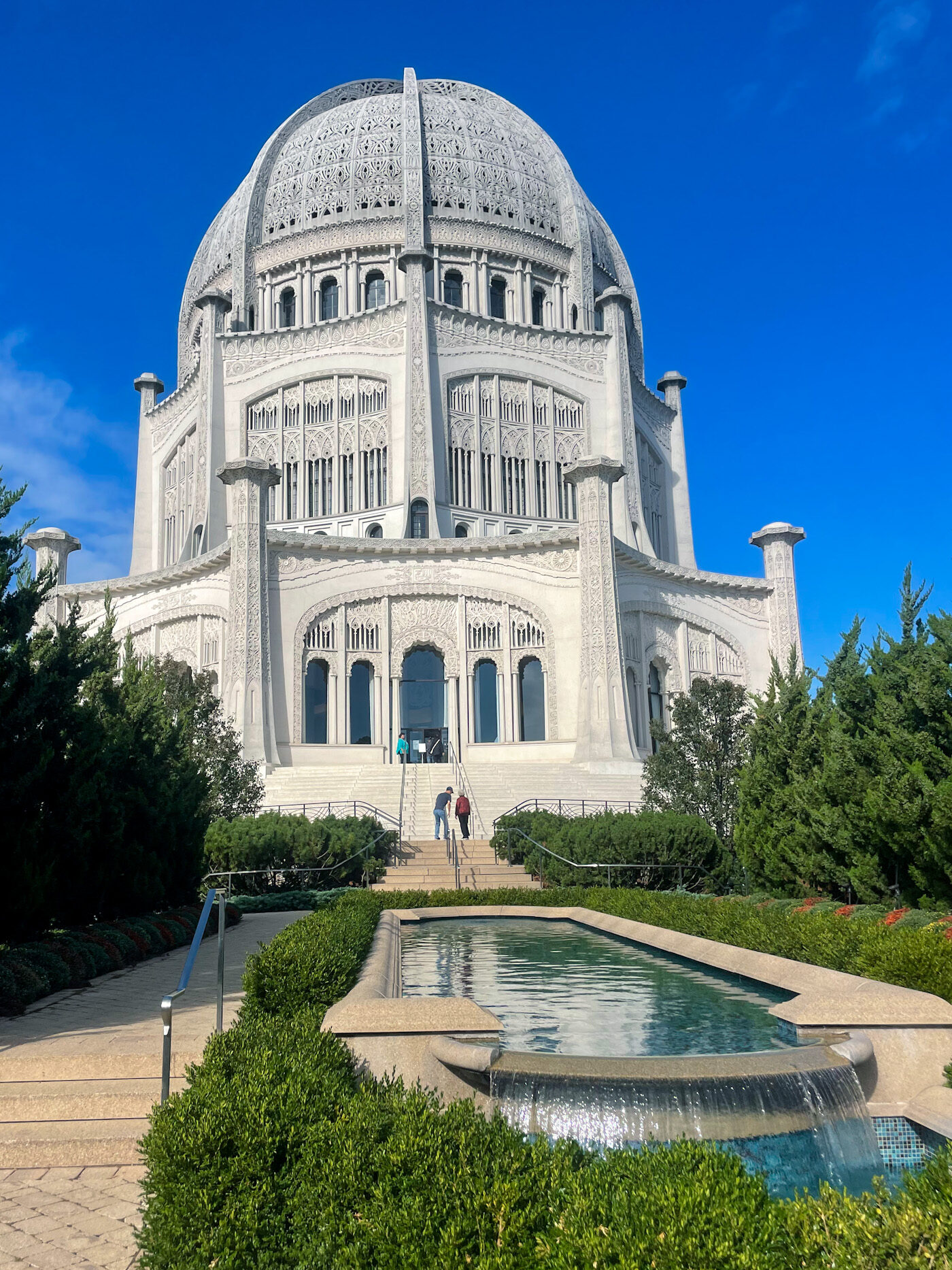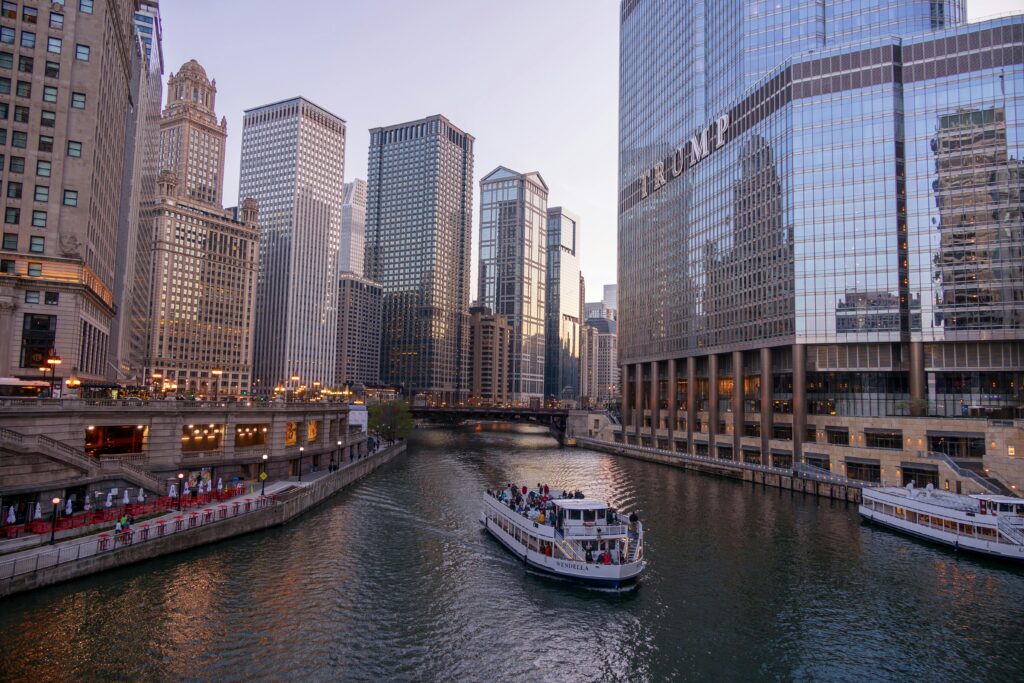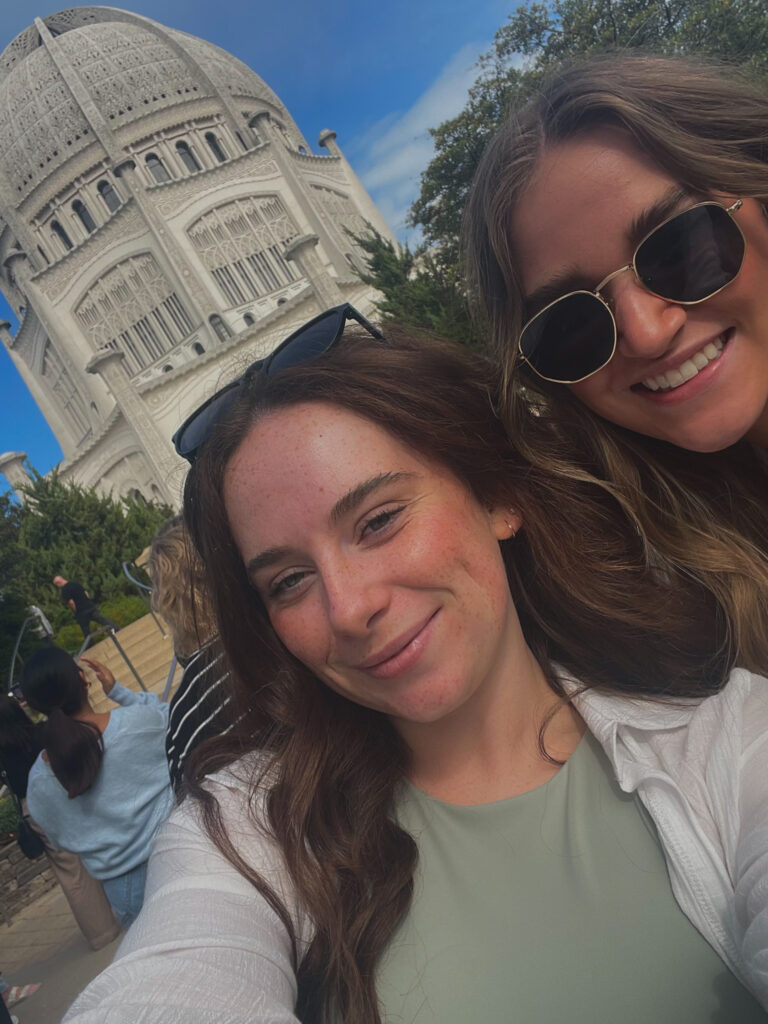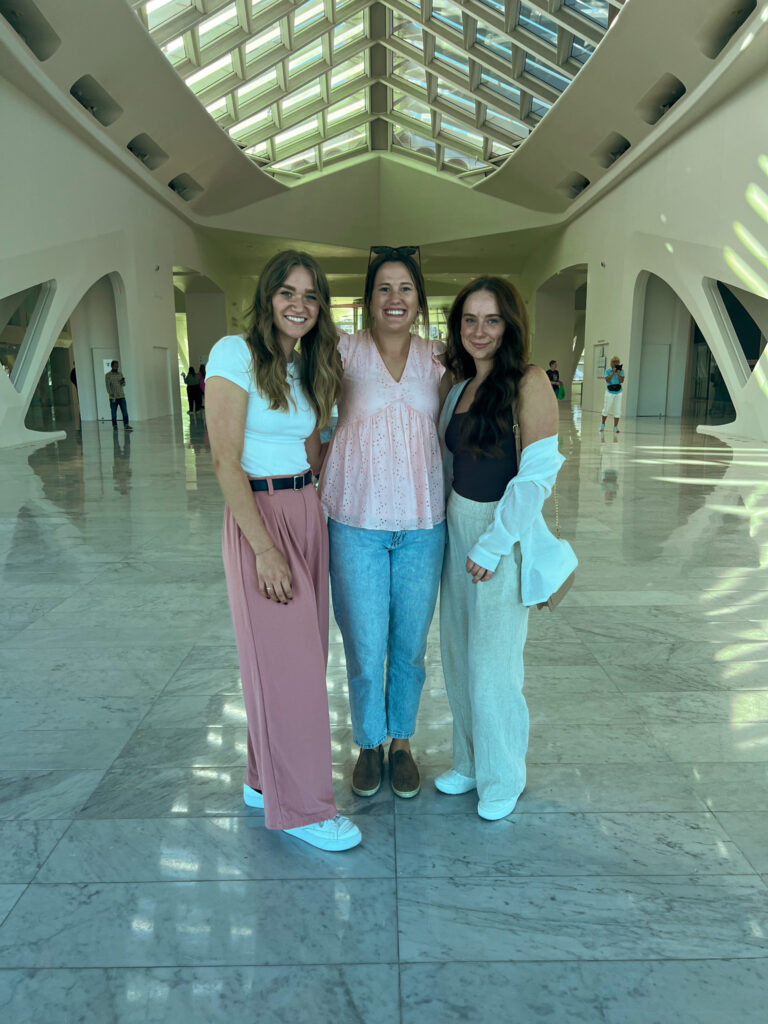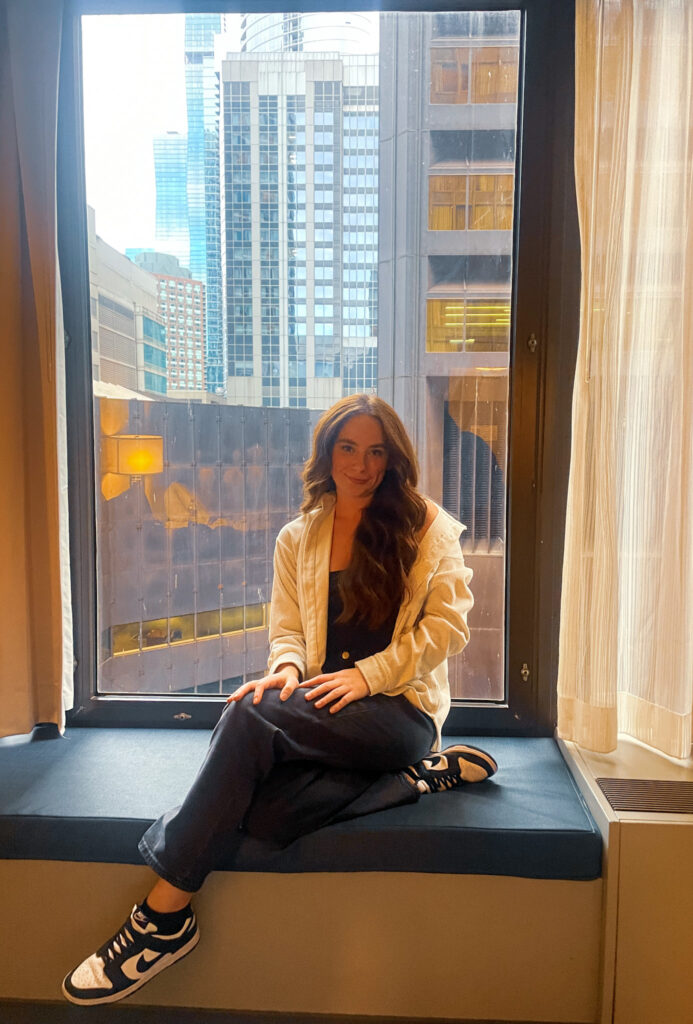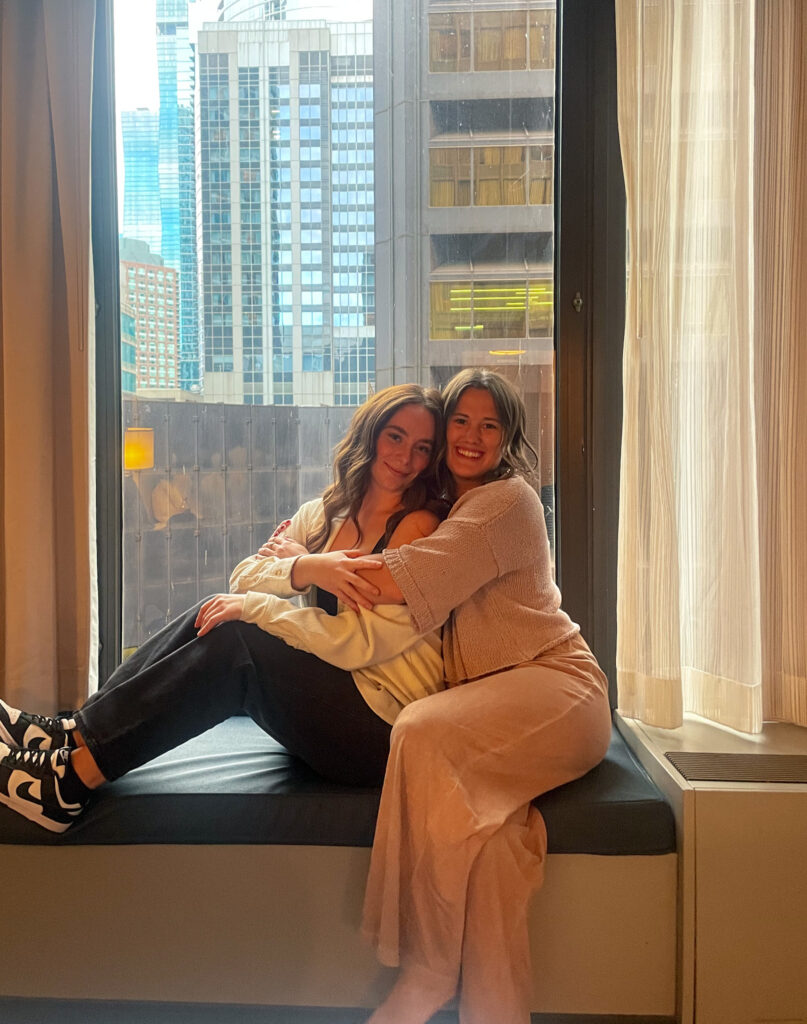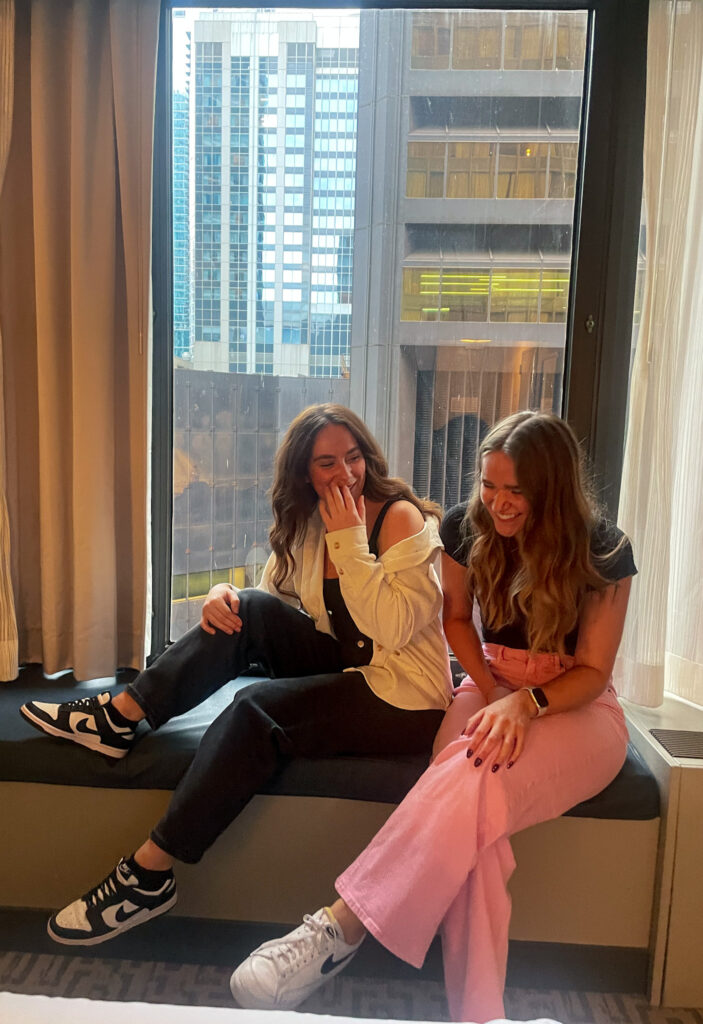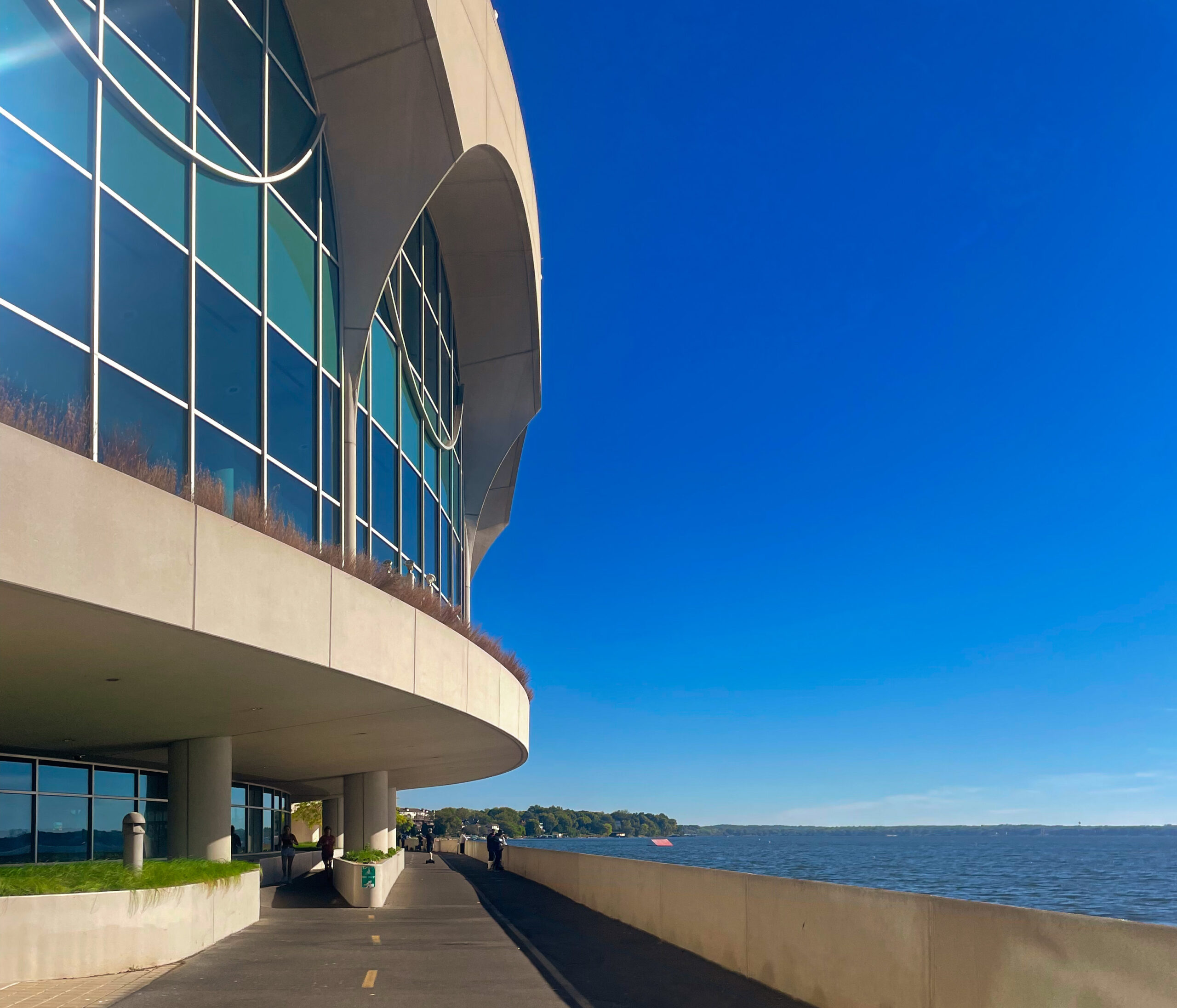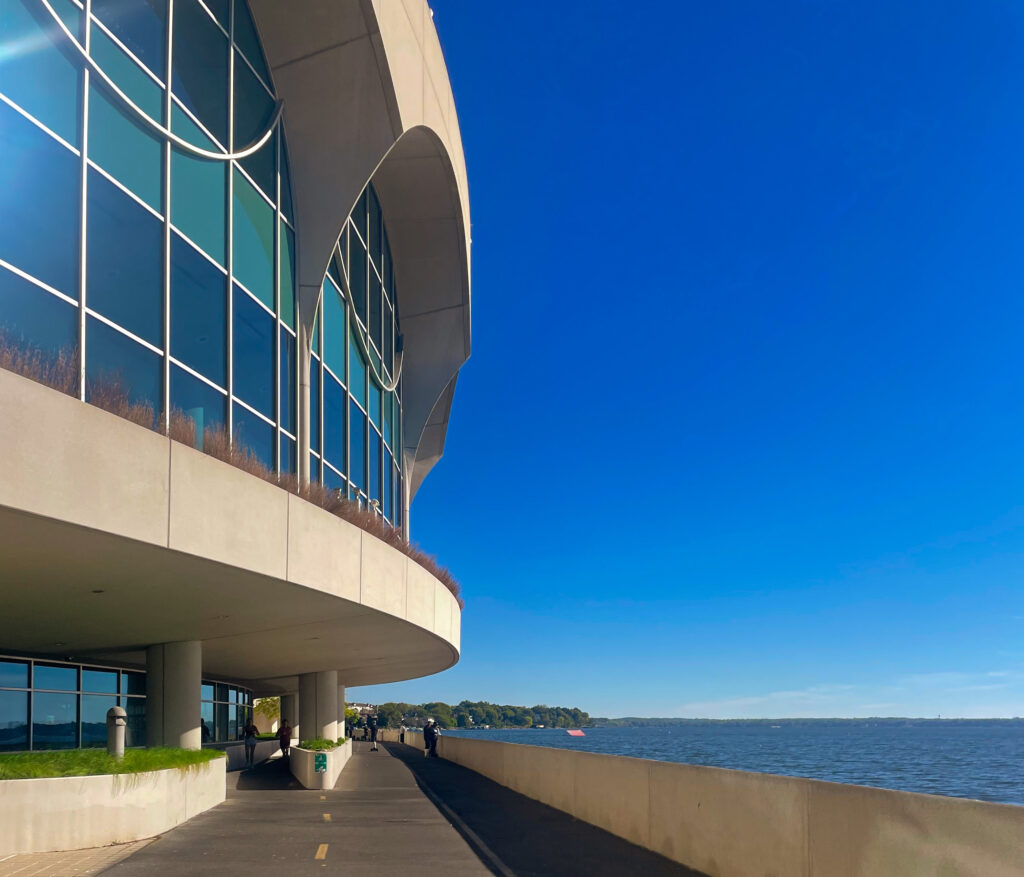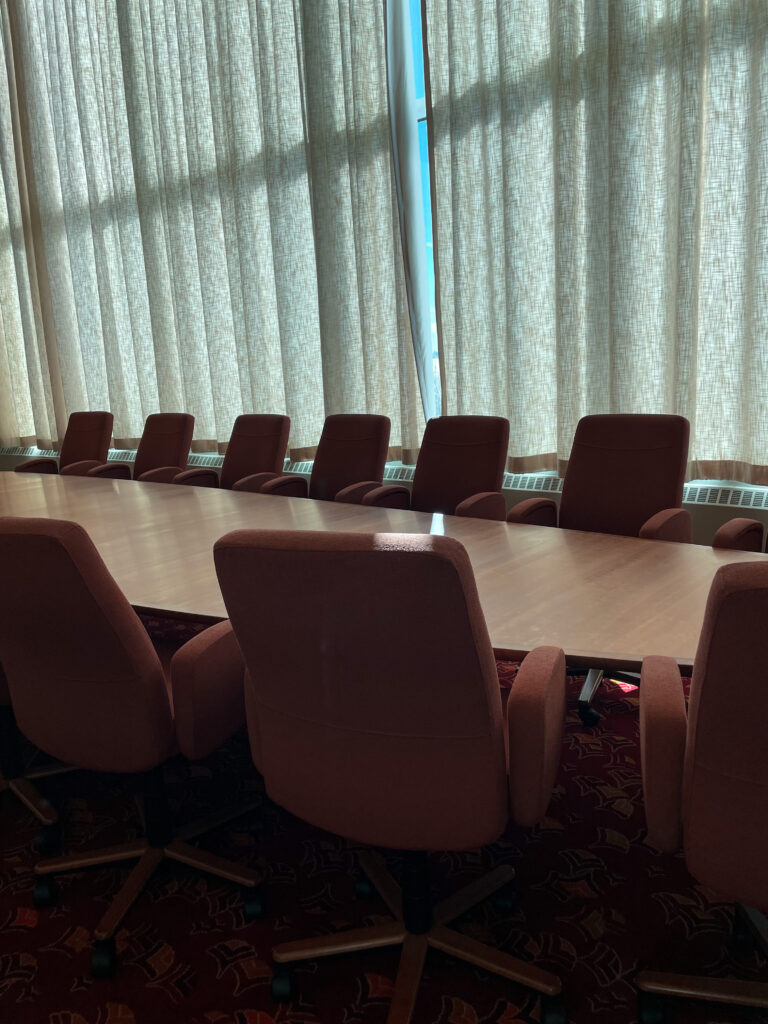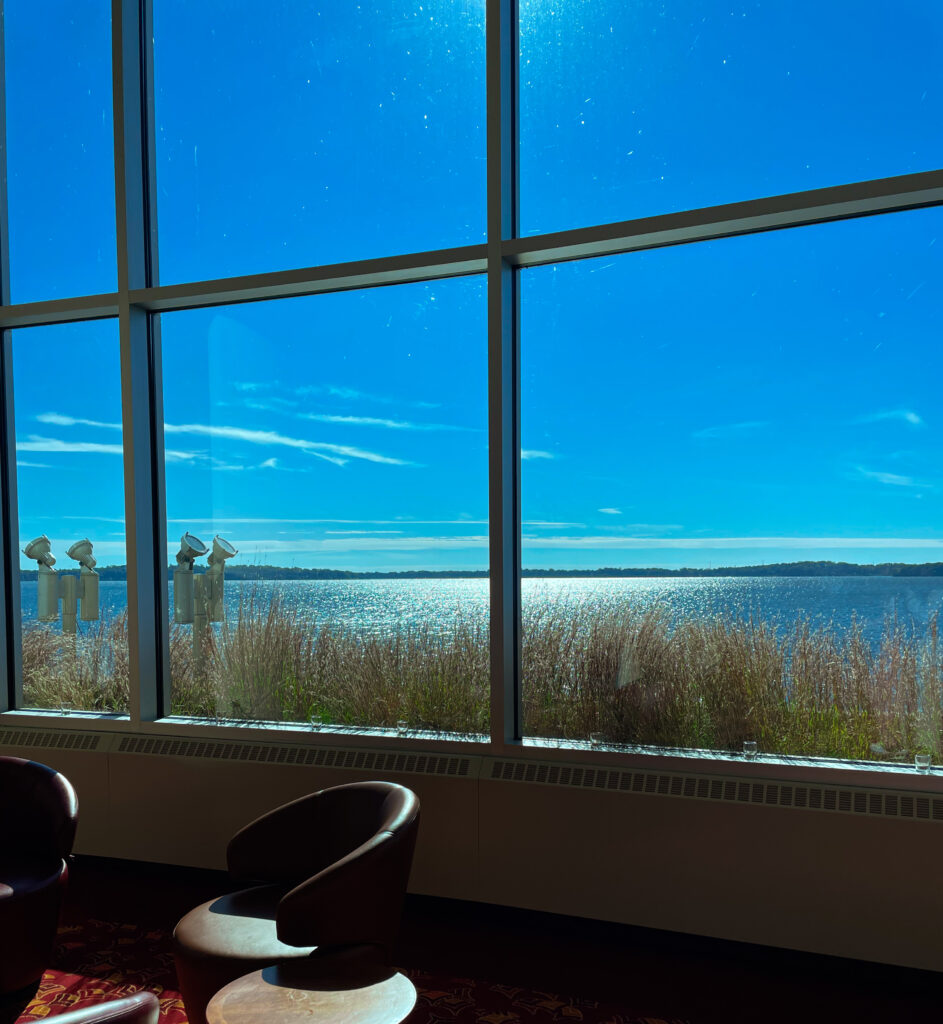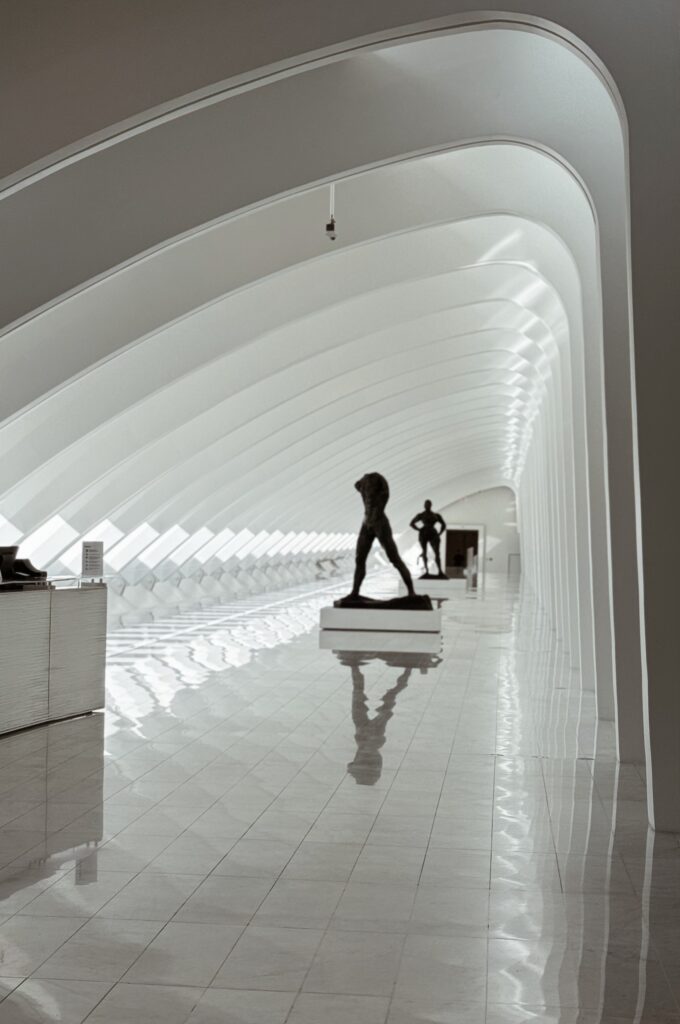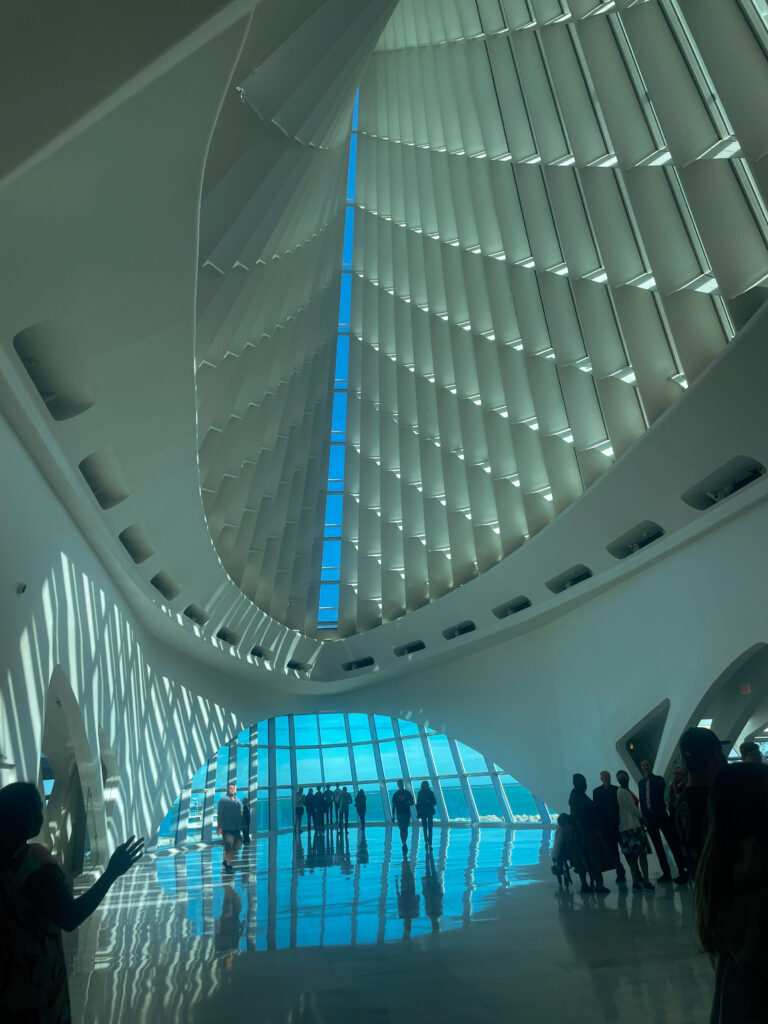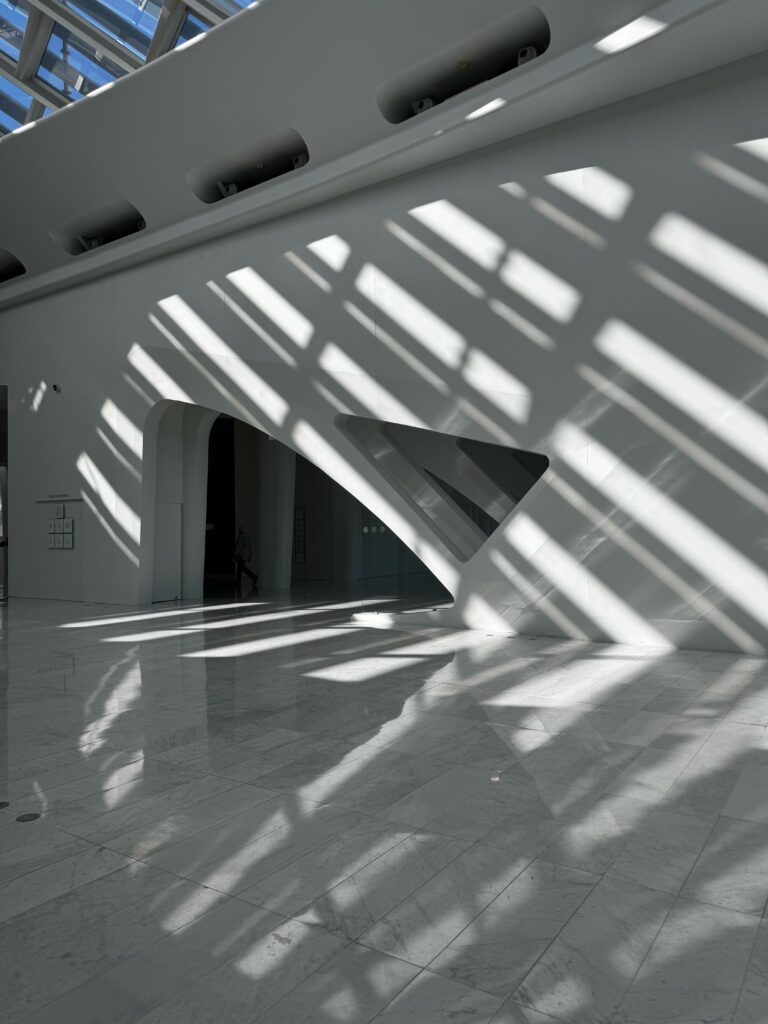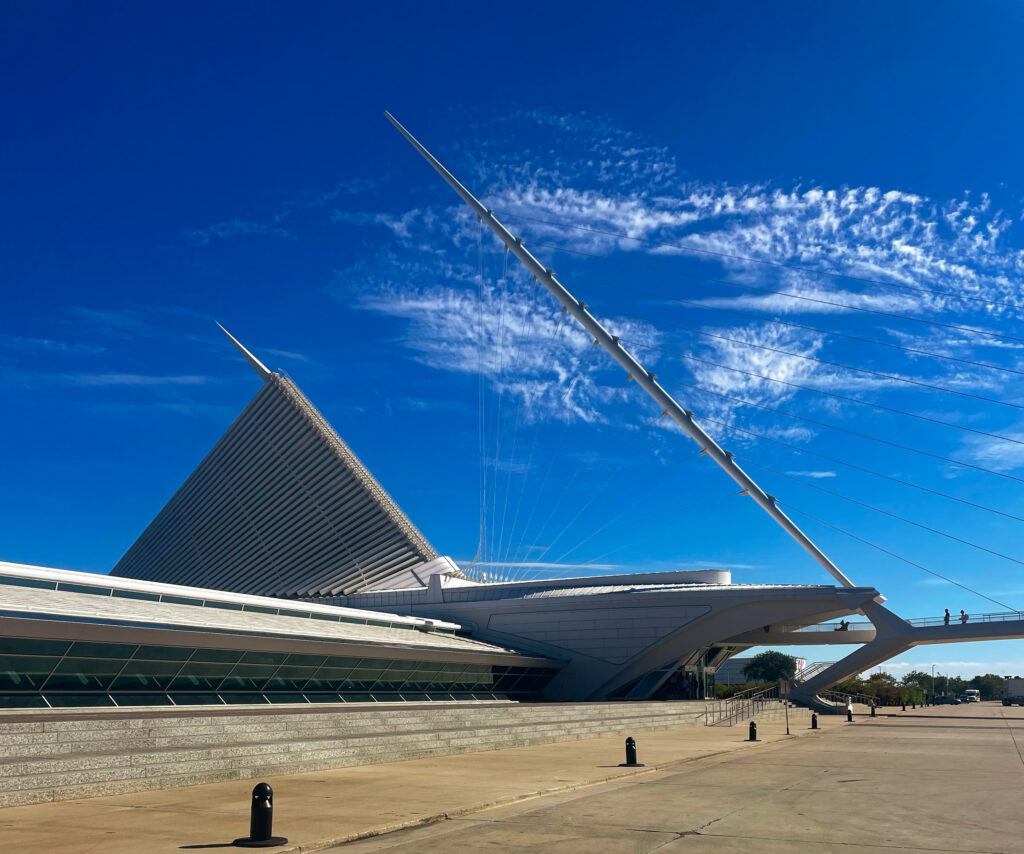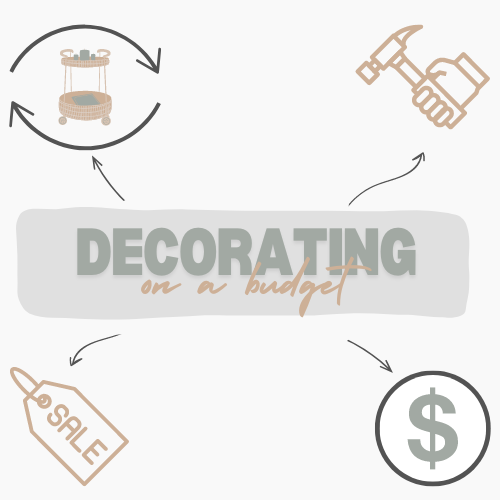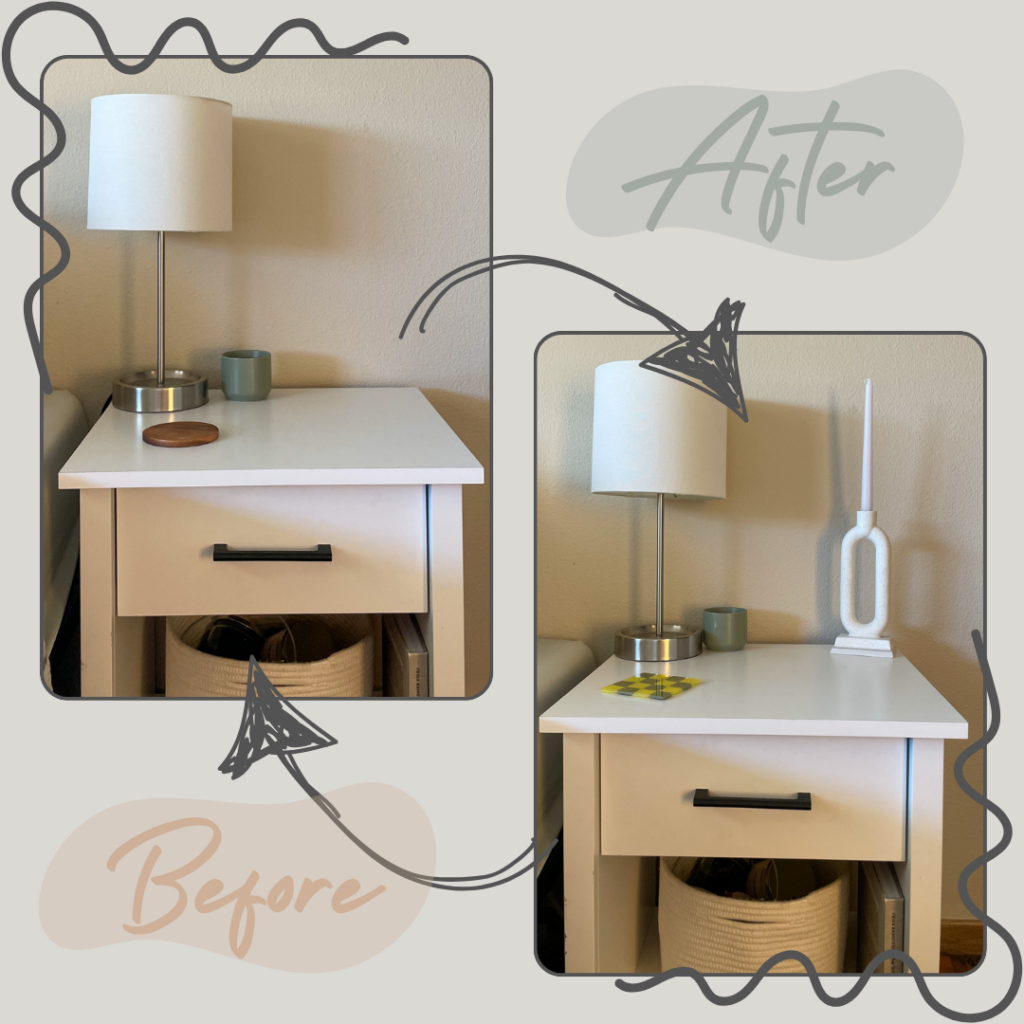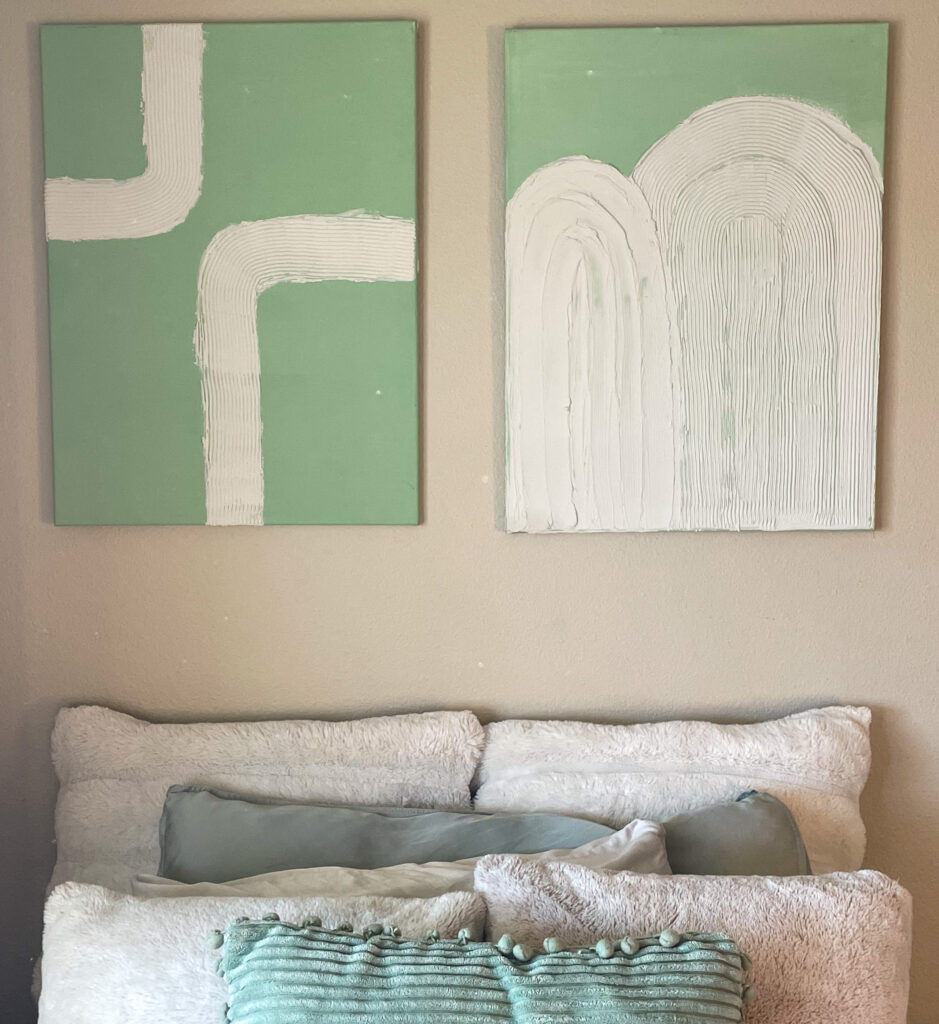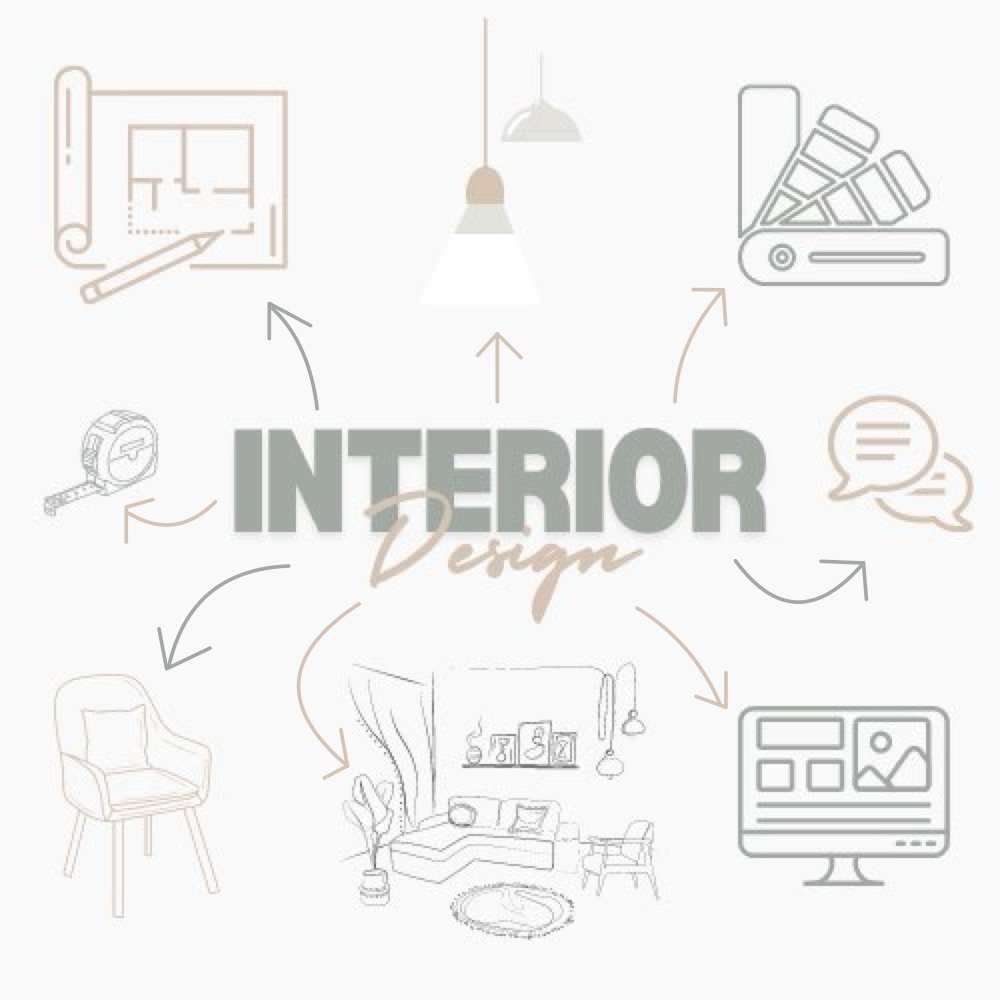Smart Home Technology
Homes have become more than just a place to eat and sleep. The rise of smart home technology is turning homes into intelligent and connected spaces. The technology is also redefining how interiors are designed. The perfect blend of style and technology will keep smart homes from looking robotic and feeling cold.
Smart Home Technology: Mixing Functions and Aesthetics
Smart home technology enhances the way we interact and use a space. Modern smart home devices are designed to blend in the interior without disrupting the aesthetic flow. This technology allows control of lights, thermostat temperature, alarm system, and more remotely with a personal device or voice command.
When designing a space, consider how technology can be integrated into the aesthetic. Conceal gadgets behind design elements or select ones that can act as decor like frame TVs, smart mirrors, or smart speakers. Thoughtful design will allow a home to function well without disrupting personal style.
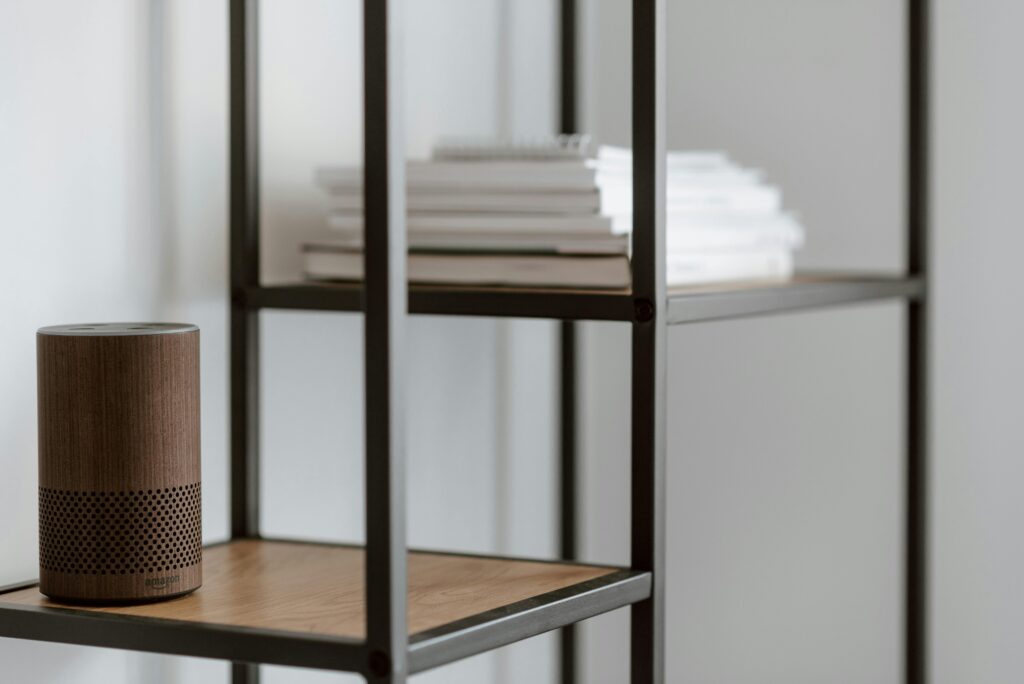
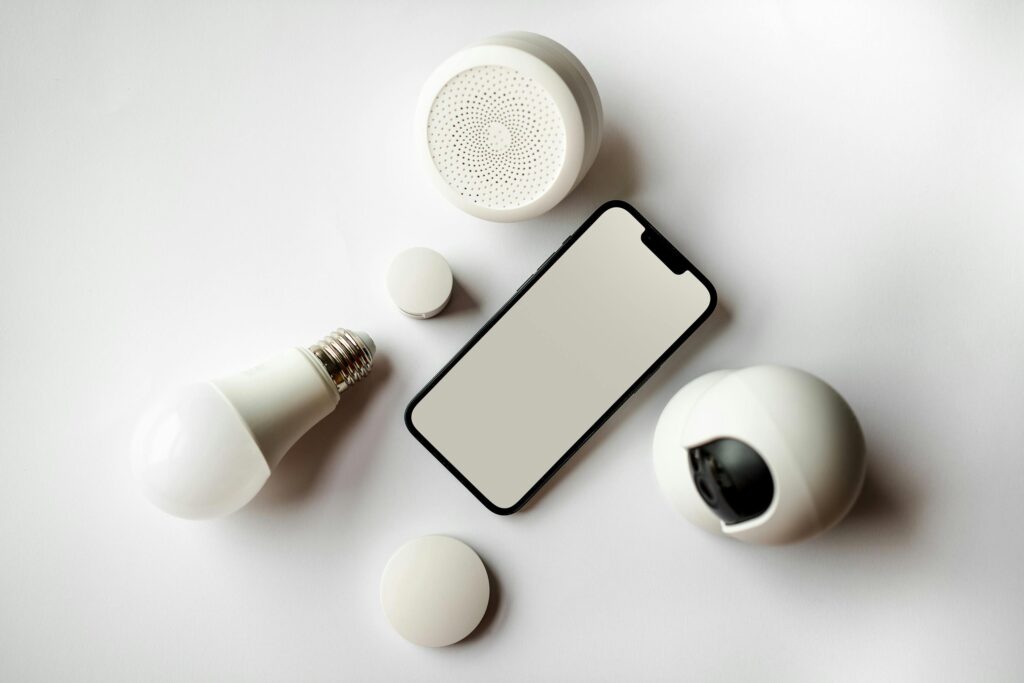
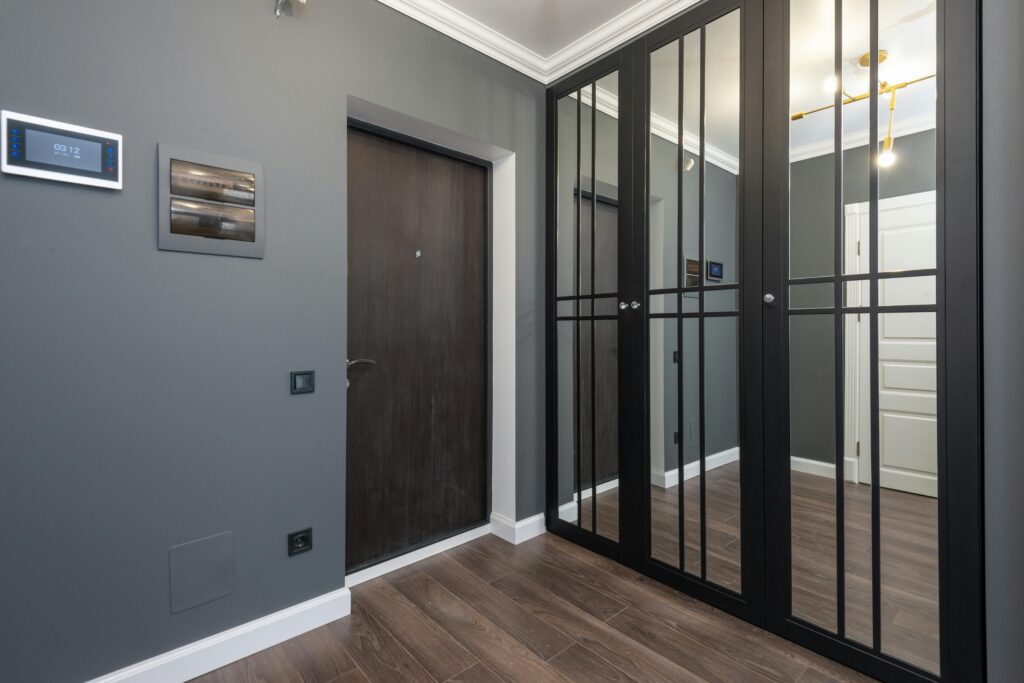
Smart Home Technology: Multifunctional Furniture
Multifunctional smart furniture is becoming a large part of interior spaces. These pieces demonstrate form and function. Furniture pieces are capable of being multifunctional items; a coffee table that wirelessly charges your phone, an arm chair that can adjust the firmness with a button, or a desk that can adjust height for ergonomic comfort. These pieces can save space, allow flexibility, bring comfort, and provide efficiency.
Smart Home Technology: Connectivity
When designing a home, it is important to consider connectivity and the placement of electrical components. Connectivity is an integral part of technology functioning properly. Ensure the home’s Wi-Fi network is able to support all the gadgets and reach to all parts of the home. Since smart home technology integrates seamlessly into the home, strategically place outlets and designate spots for to conceal cables. Organize and hide equipment and cables to maintain a clean, stylish interior.
The Future of Interiors
Since mart home technology is advancing each and every day, it will become a prominent feature added to every home. Integrating these features into a space will enhance the functionality and safety of a home. Thoughtful consideration of technology in the home is an integral part of ensuring the space suits your style and feels like home.
